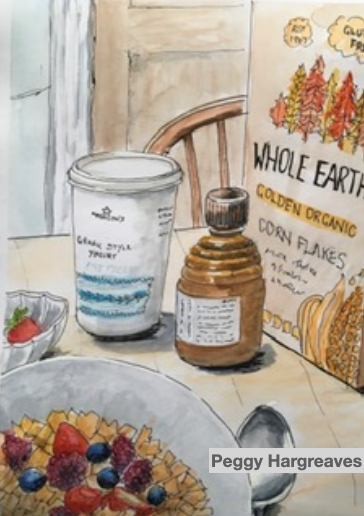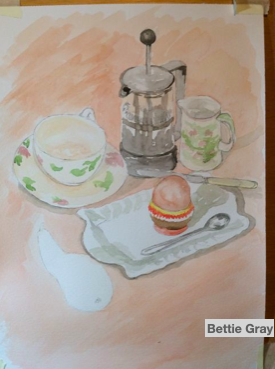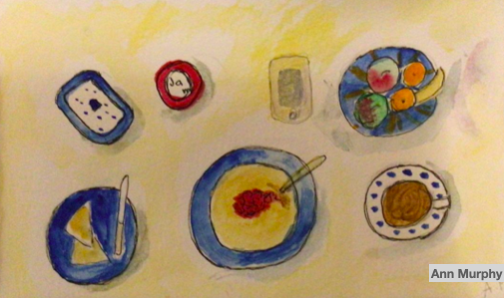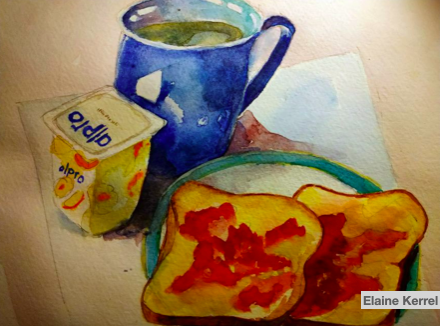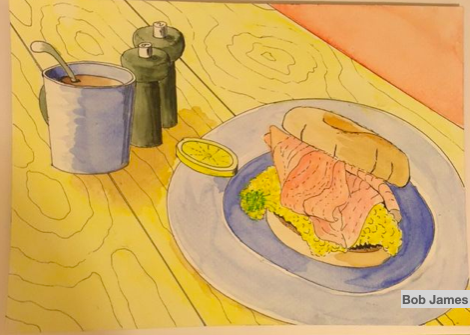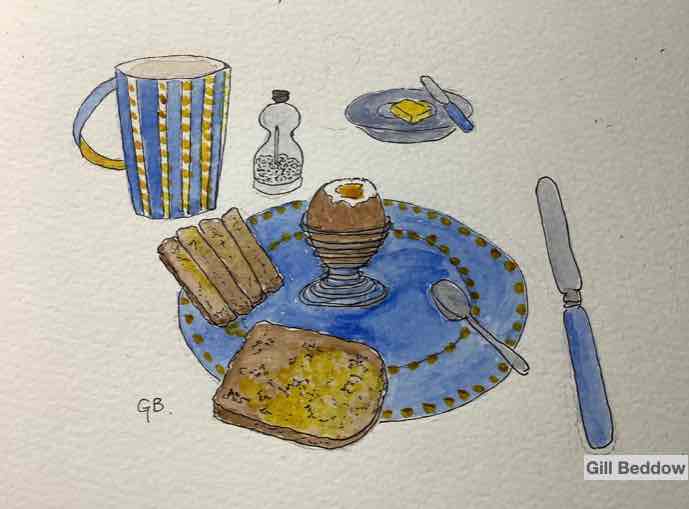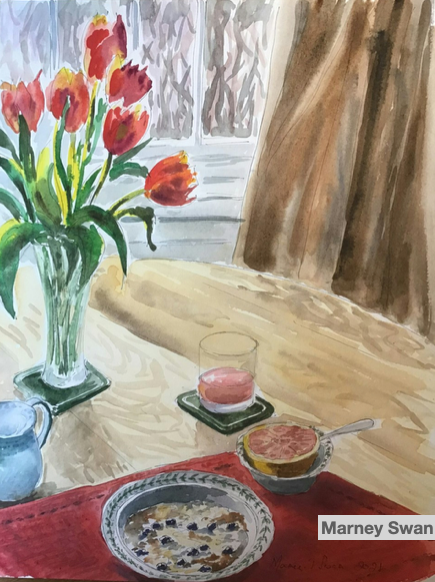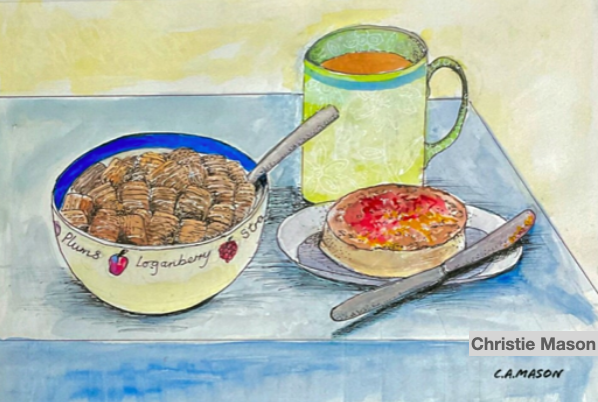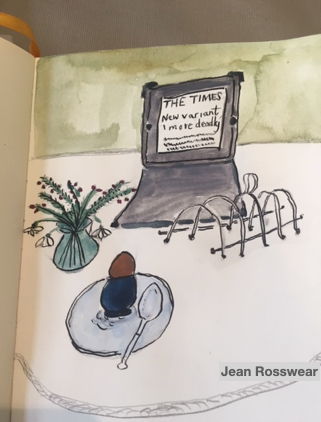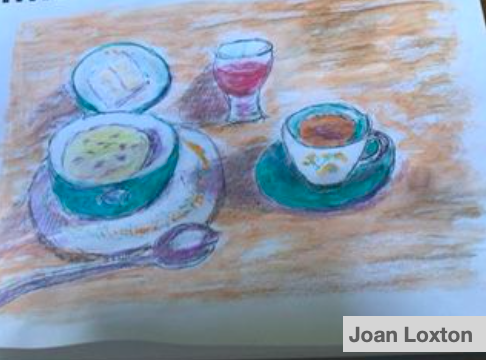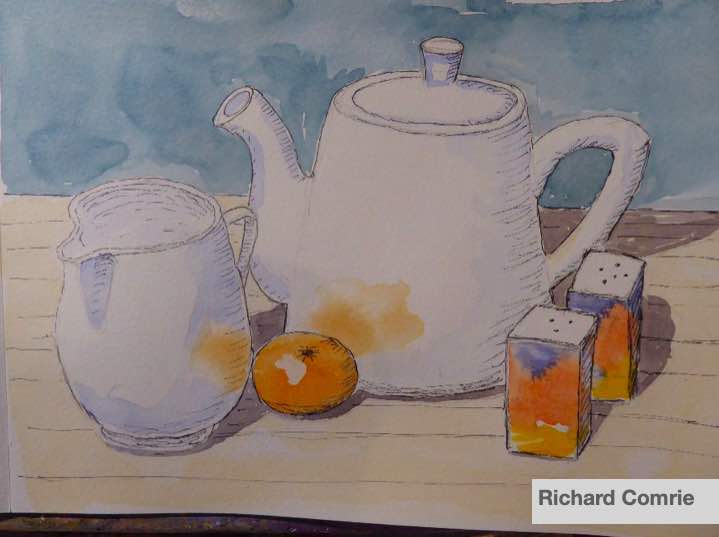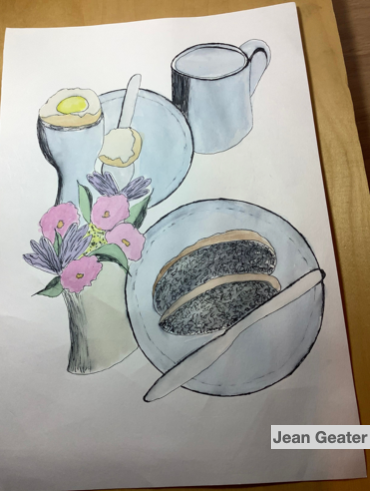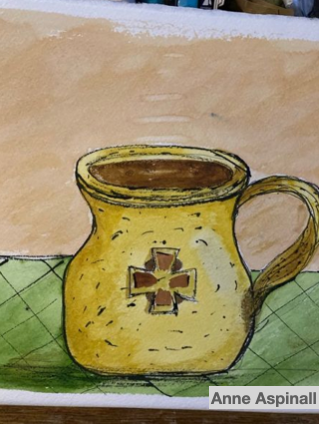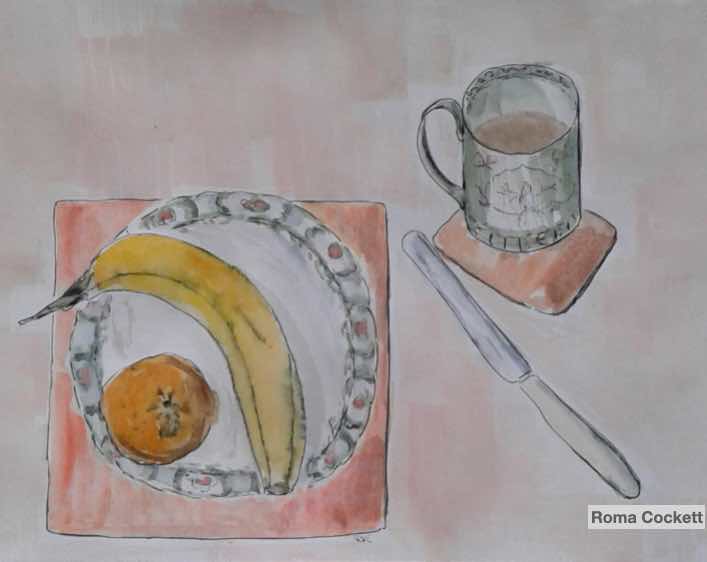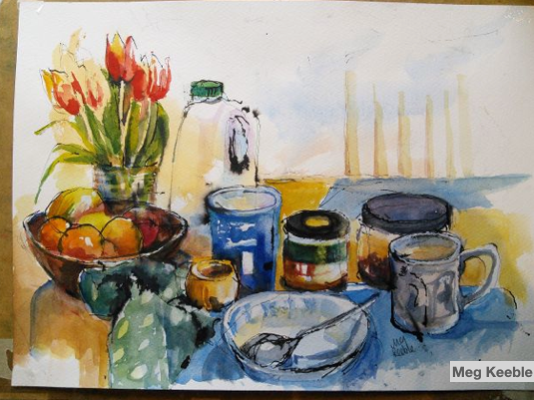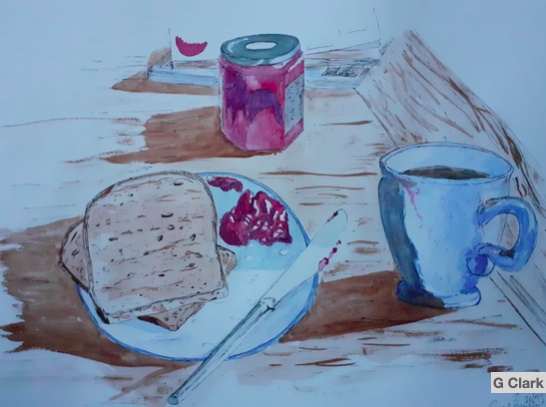Join Artist and Tutor Linda Birch as she hosts Higham’s Art Club. Linda will set a weekly observation for you to participate in and if you wish you can share your creations with us and receive feedback from Linda. Please share your work with us by emailing social@highamhall.com or tag us via Facebook, Instagram and Twitter pages.
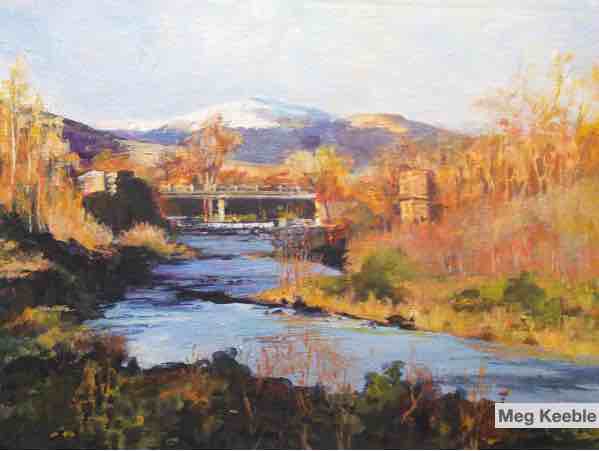
Amanda Dyer – Meg Keeble – Joan Loxton – Bob James – Jean Rosswear – Joan Middleton – Gordon Clark – Richard Comrie – Jaci Cowan

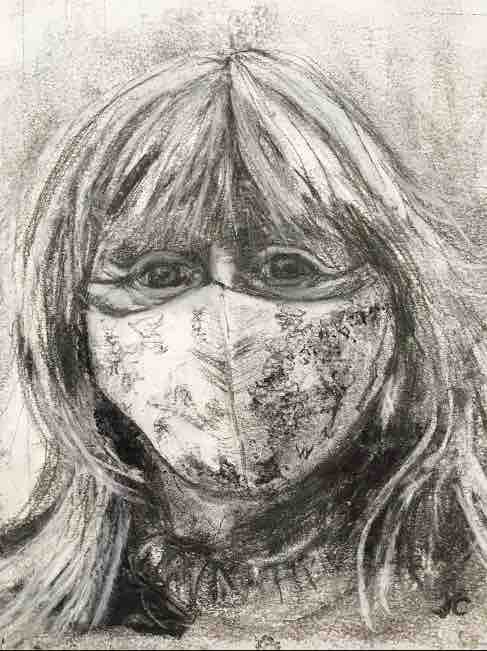
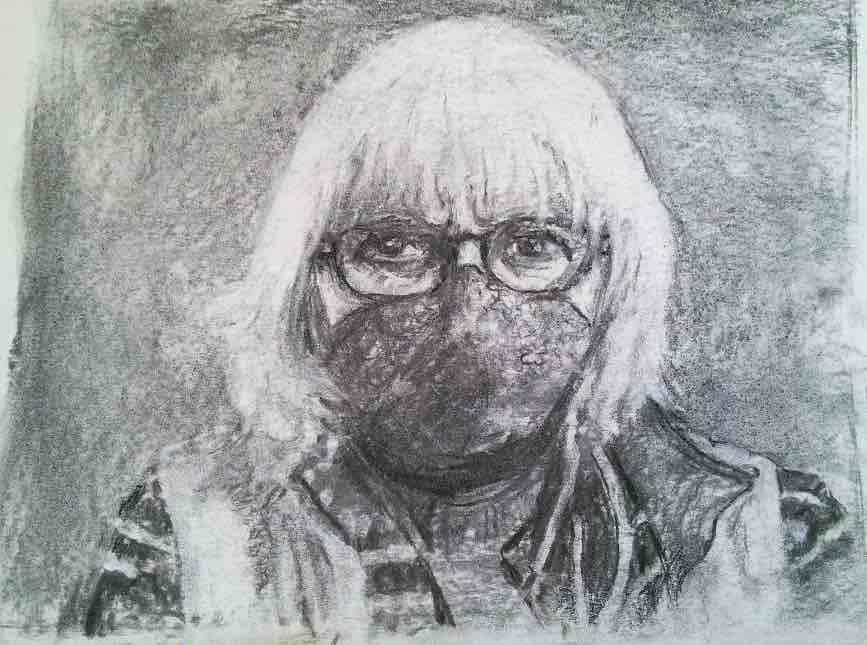
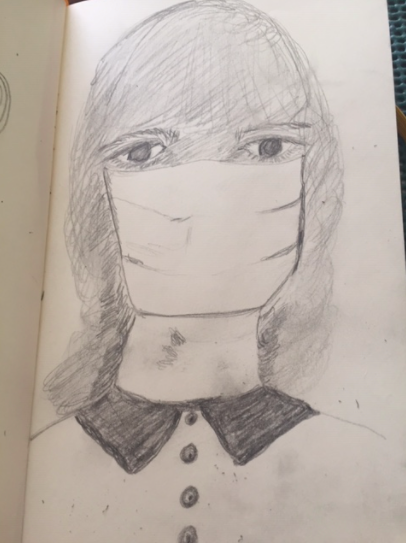
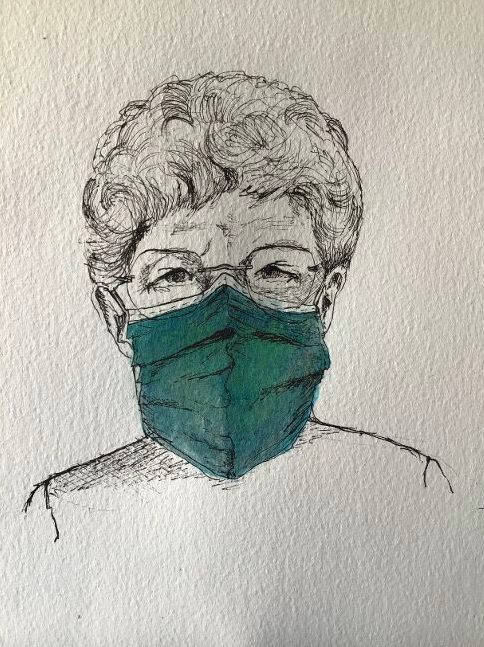
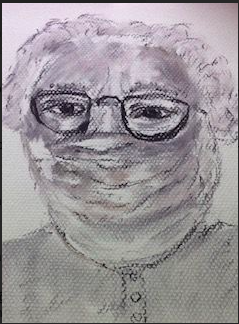
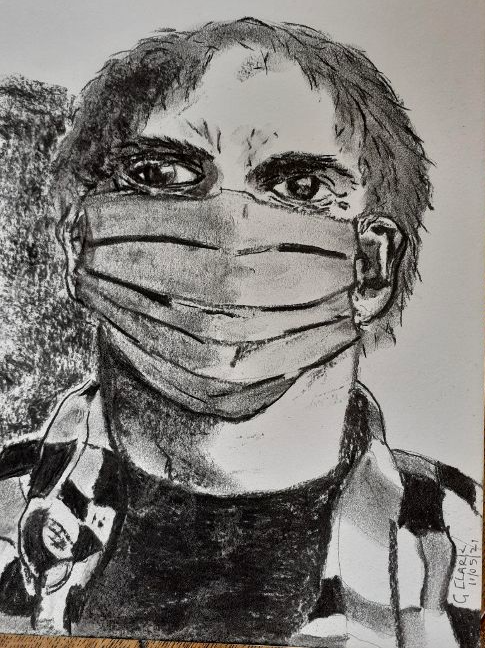
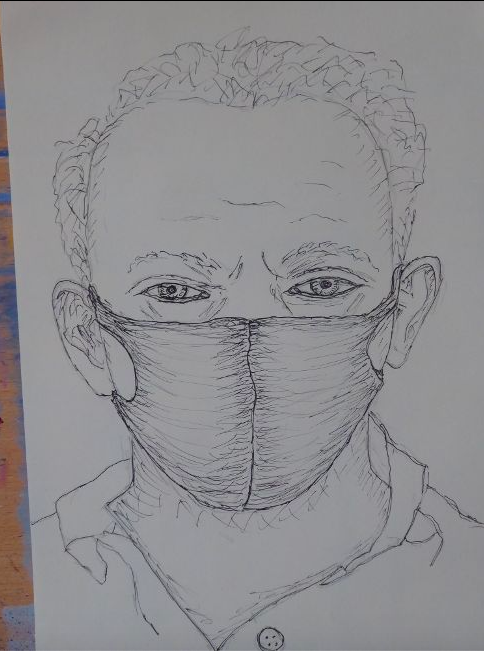
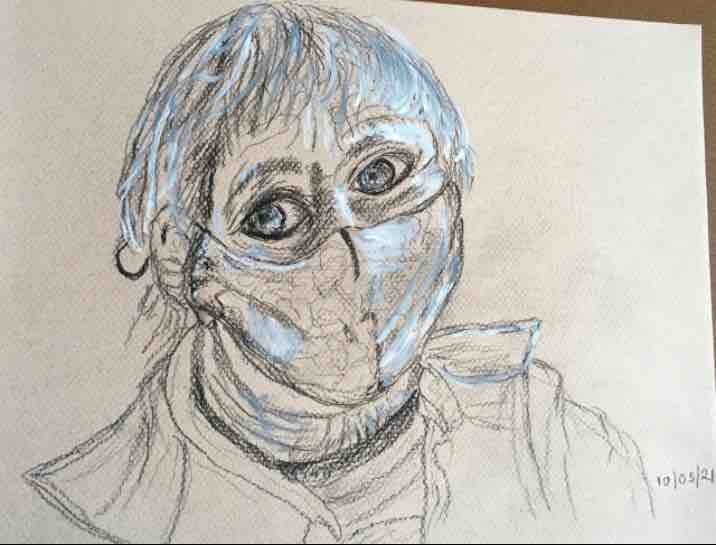
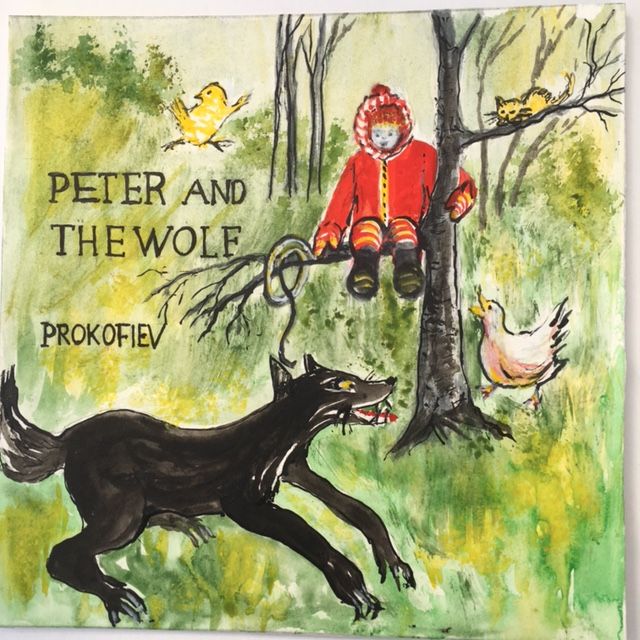
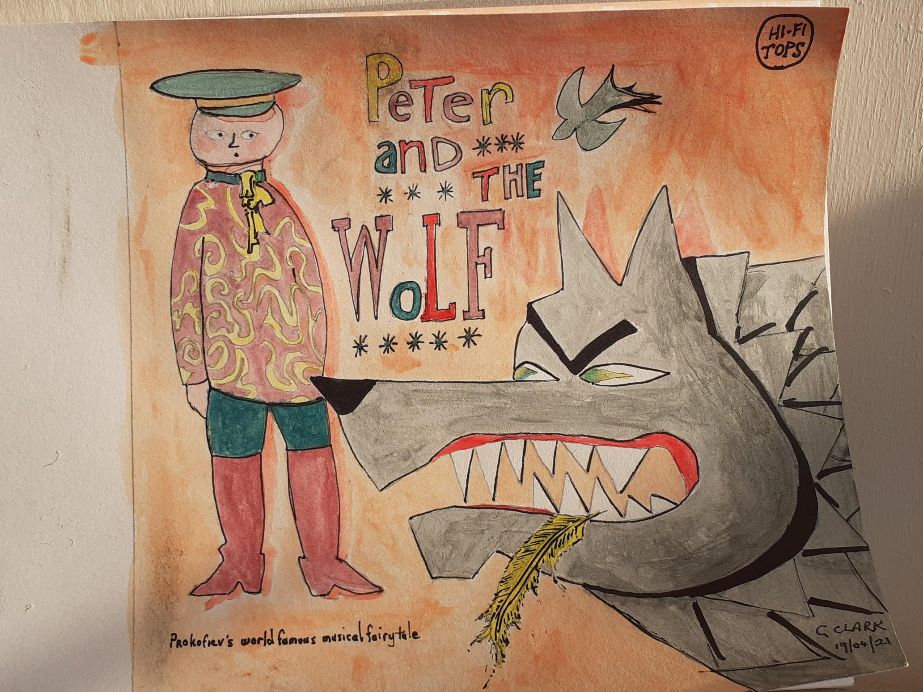
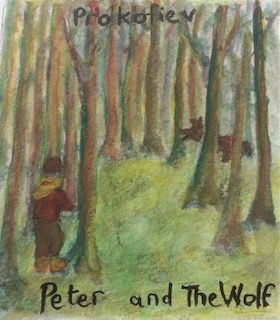
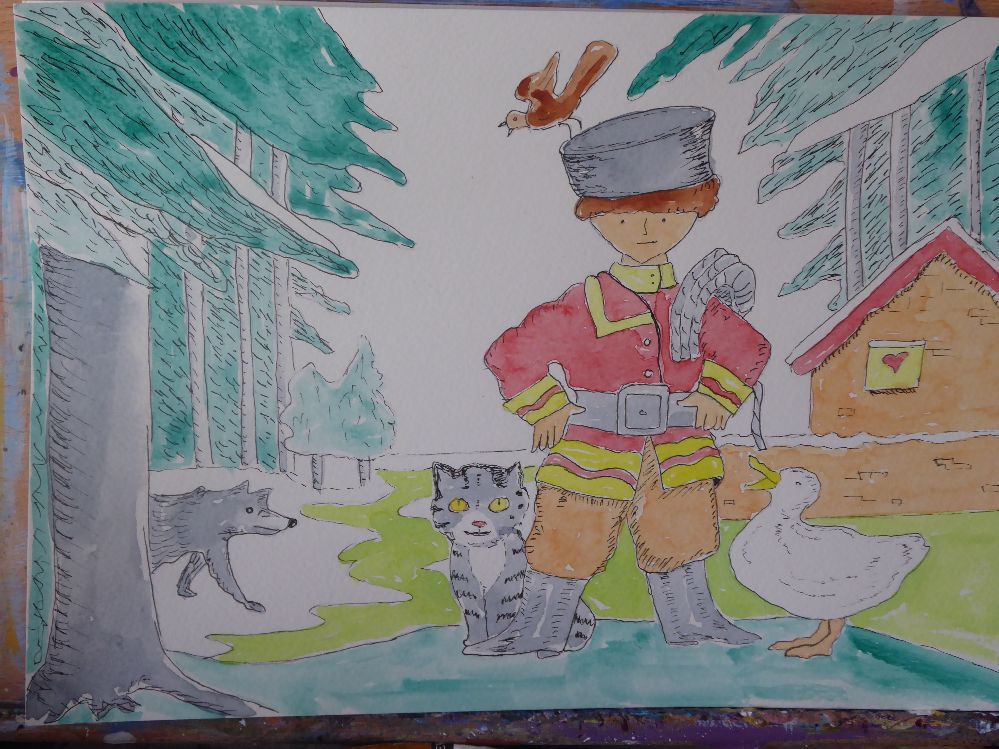
Linda’s Feedback:
Hello Everyone
Thanks for all your eggs Easter and boiled!
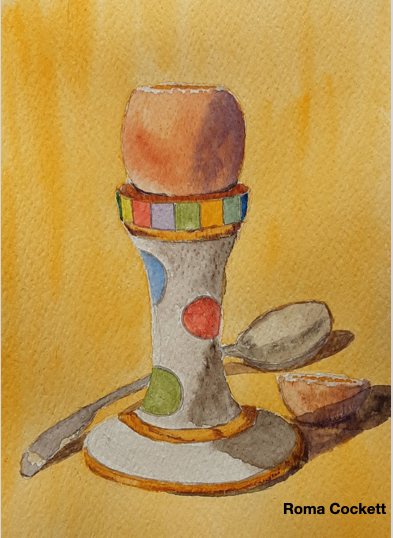
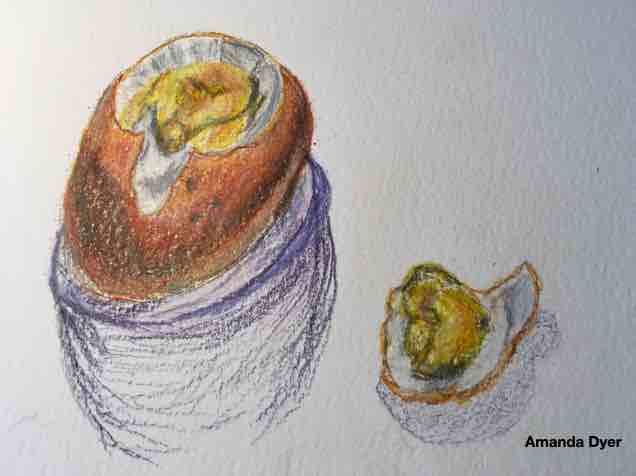

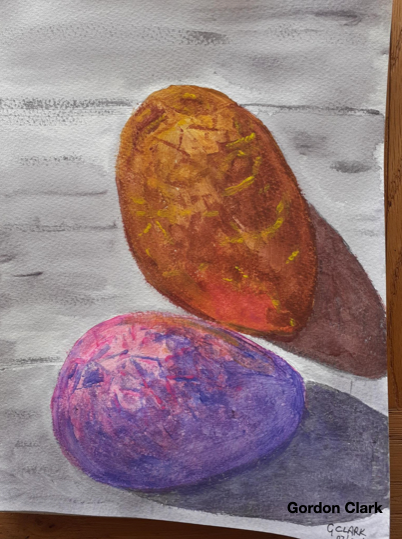

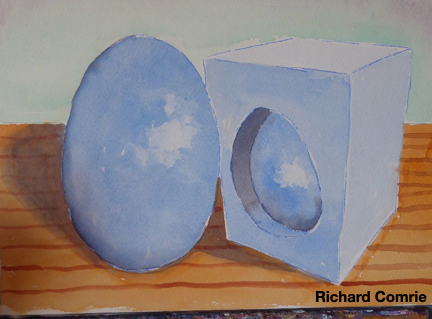
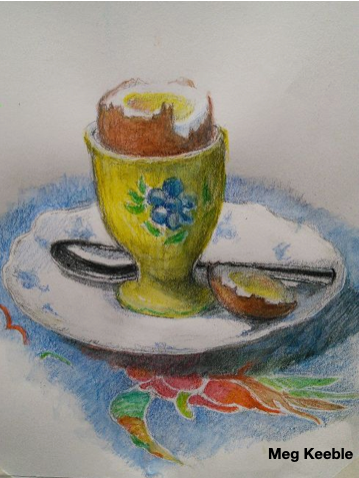
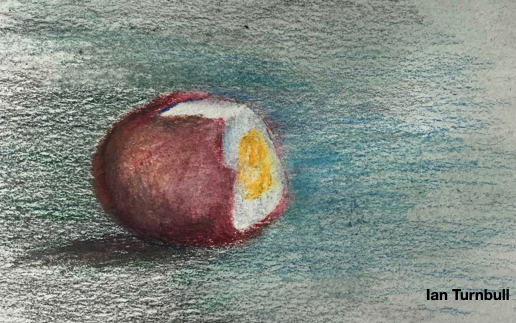
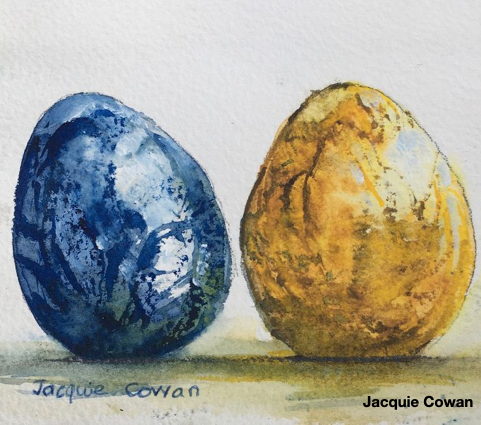
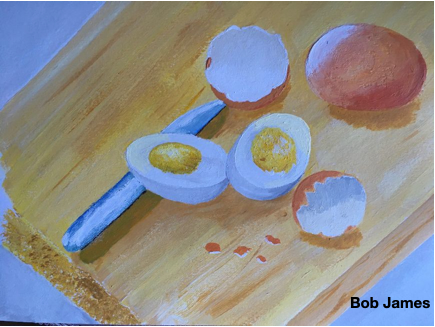
Linda’s Feedback:
Hello Everyone
Well, I really enjoyed seeing your entries. There was a really thorough and varied engagement with the subject.
Meg, yours captured the memories you mentioned of living in such a beautiful setting. Roma’s was truly original in her doorstep Amazon delivery! I liked Sandra’s wistful mouse and the heavenly bodies; while Ian’s take on the subject with broken abstracted door frames worked very well. Bob, you summed up the Lockdown, love the boots!



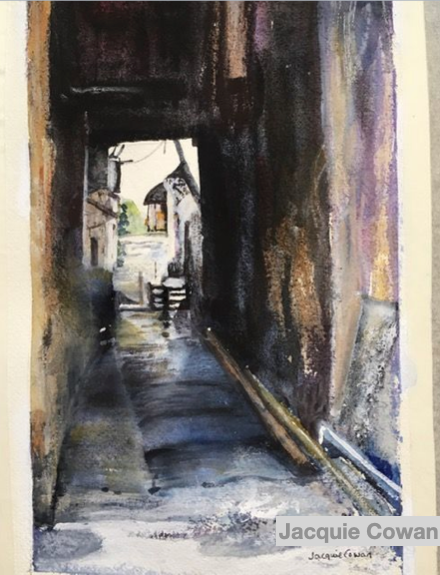

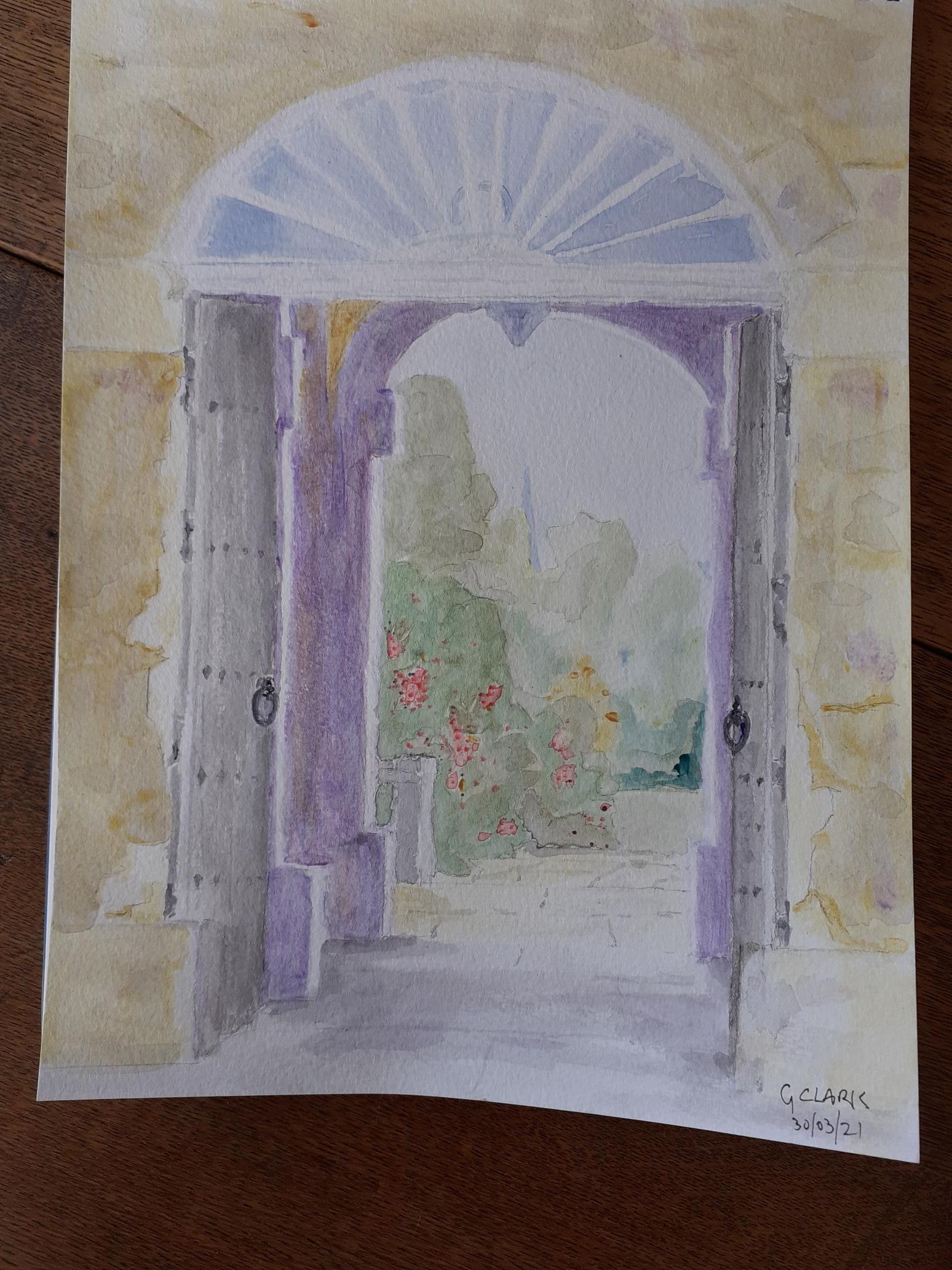
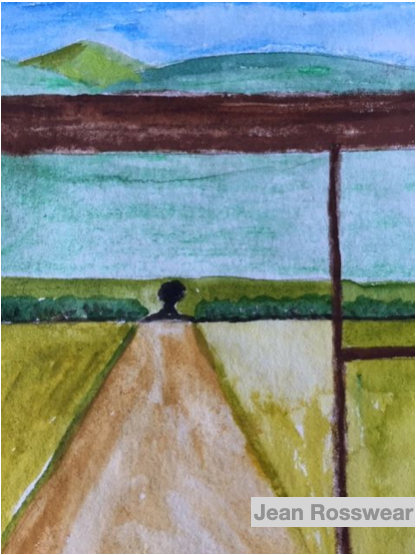
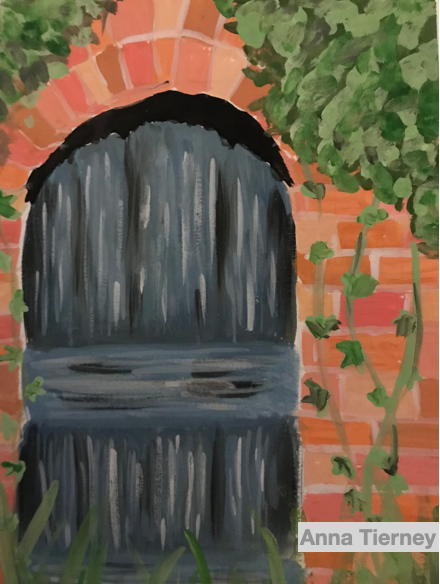
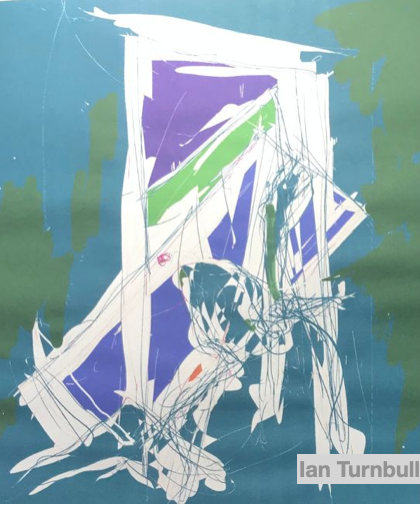
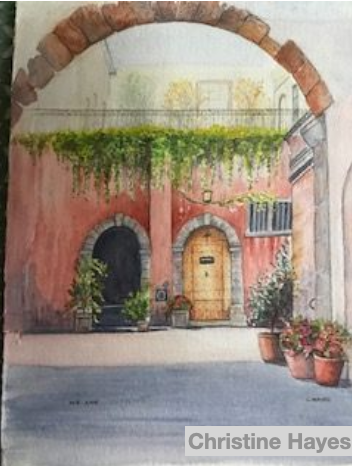
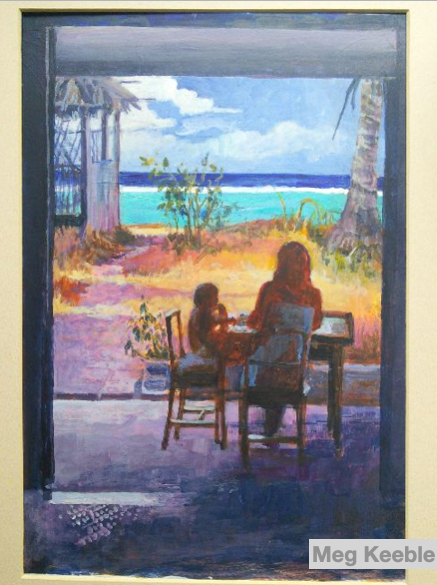
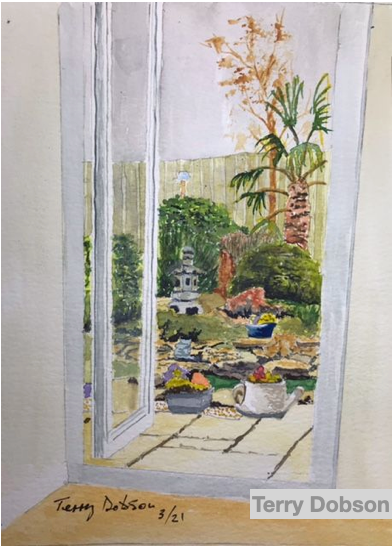
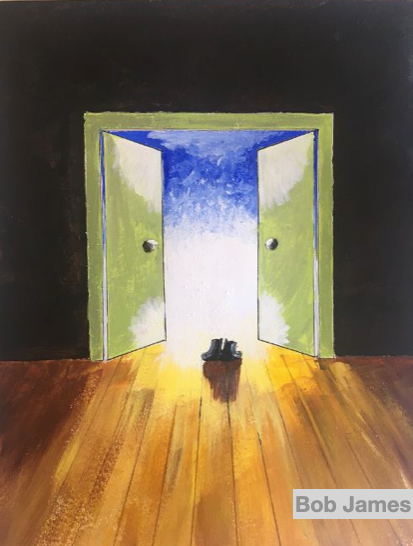
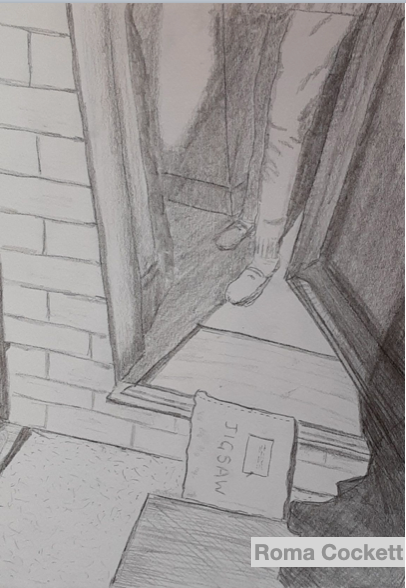


Linda’s Feedback:
Thank you Everyone for your square pictures, it was interesting to see how you handled the compositions in a format that isn’t traditionally landscape shape. It made the pictures more intimate, and there was a stronger feel to the way land shapes lock together. Often the desire is to paint a ‘view’ and deal with all the elements, trees, hills, water etc. but we sometimes lose sight of the way landscape is about shapes and contrasts of tone and colour all connecting together.
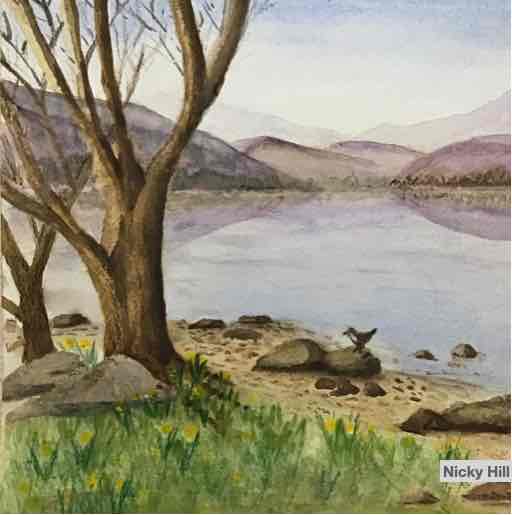
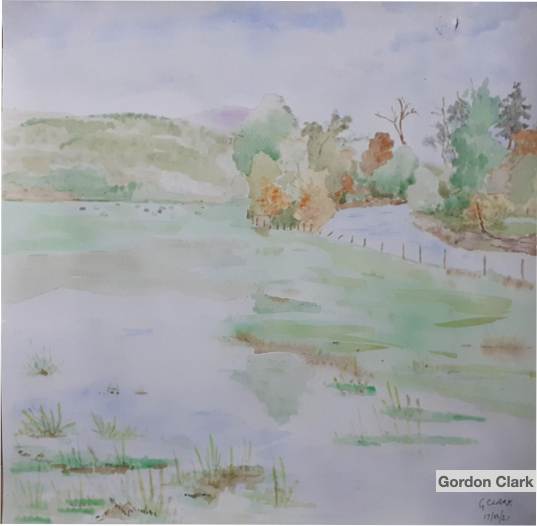



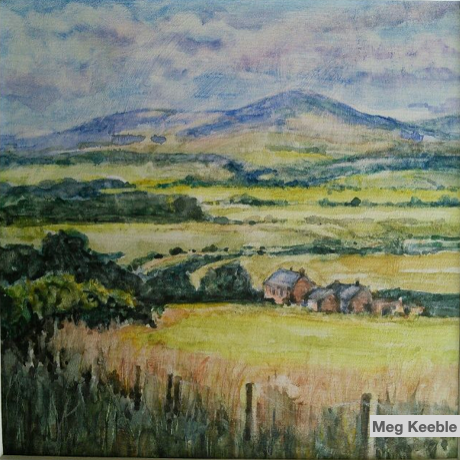
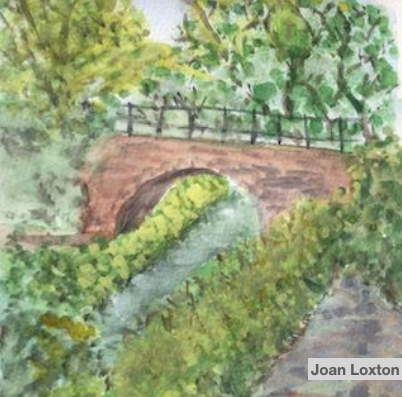
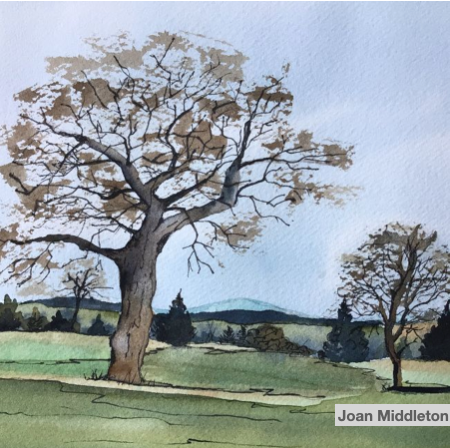

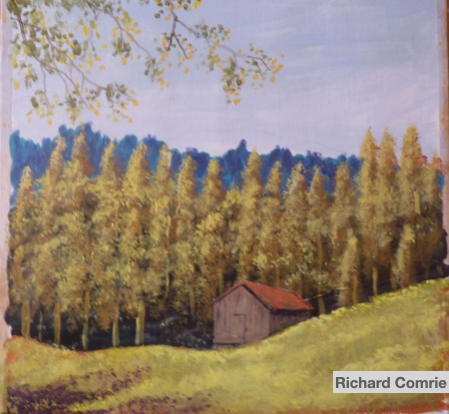

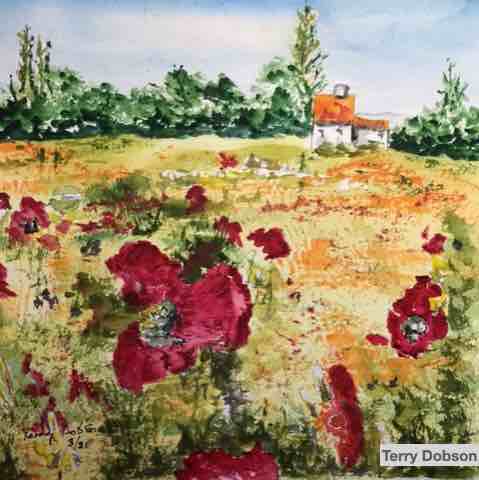
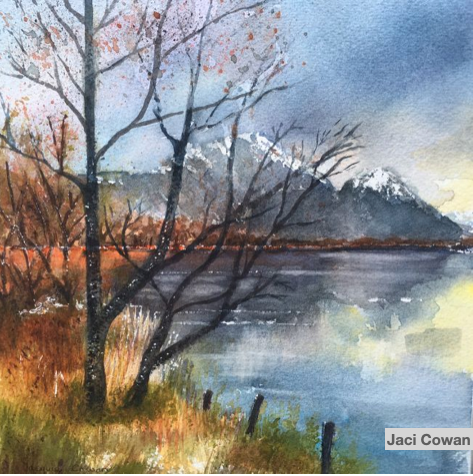
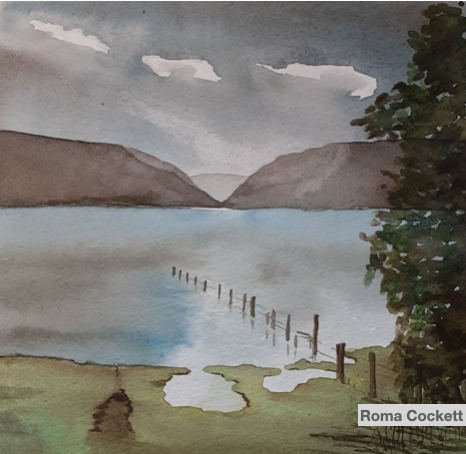
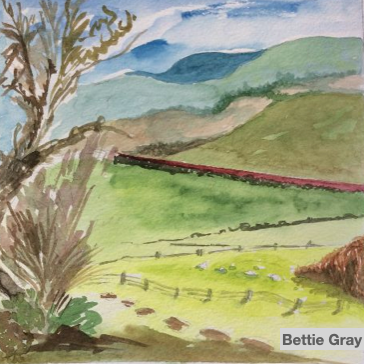
Linda’s Feedback:
Thank you for all your paintings you submitted, the standard was very high. What was interesting was the way you interpreted the challenge in different ways. I liked the way some of you used the space around the subject, this is an important part of composition, and creates a dynamic tension within the negative spaces* left around the flowers.
*negative spaces are the spaces outside and between the subject, and are important, If not considered they can make the subject ‘float’ inside the picture plane.
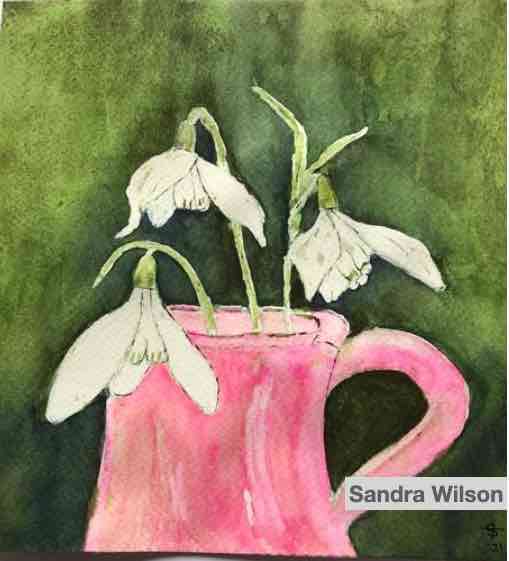

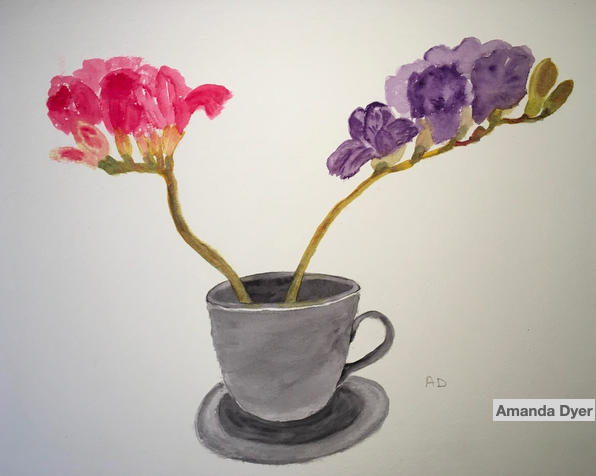
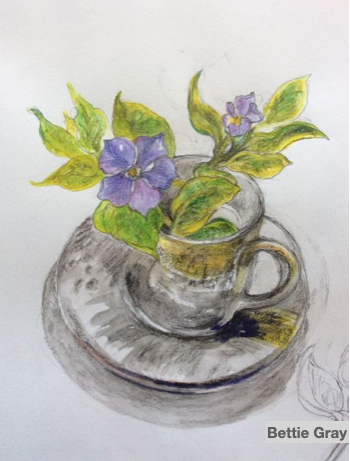
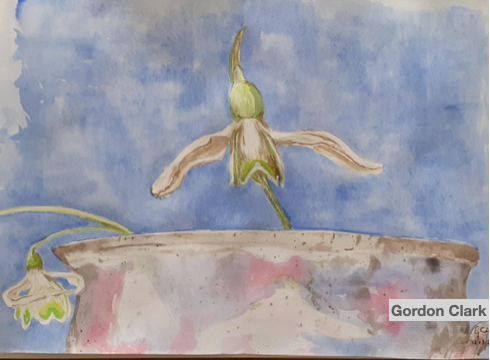
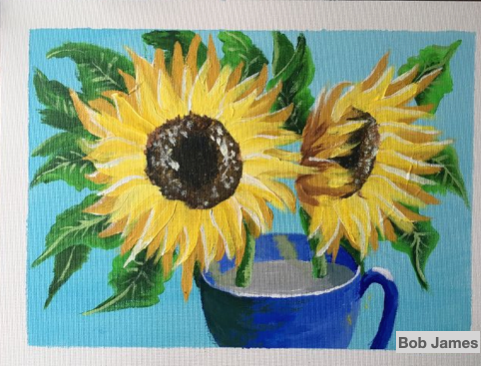

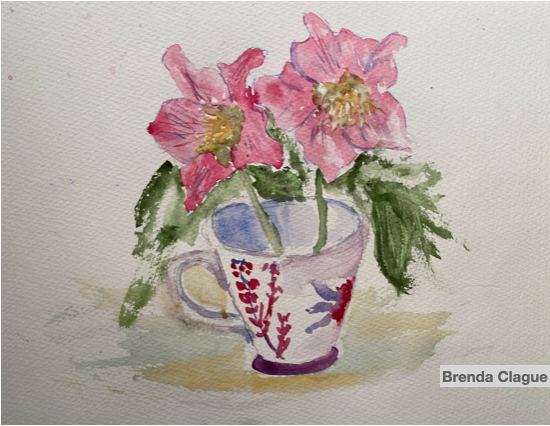
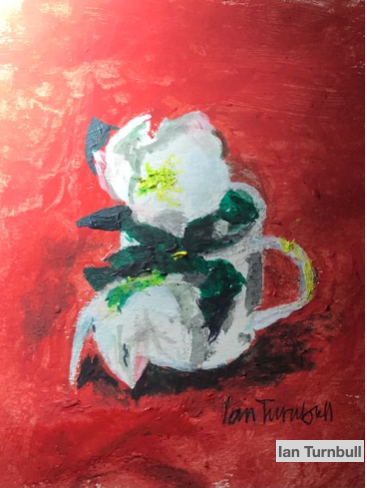
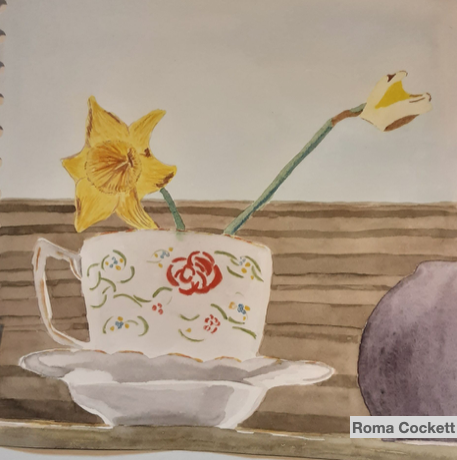
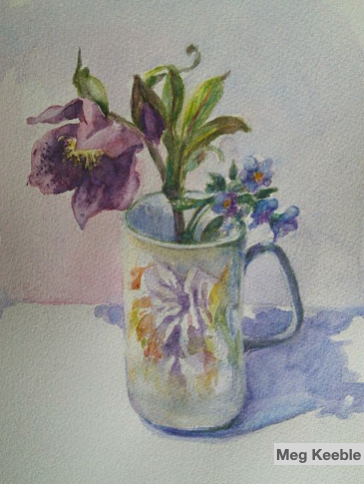
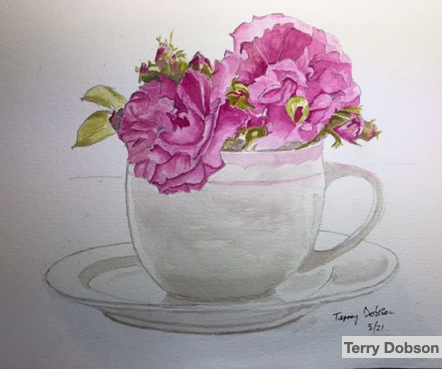
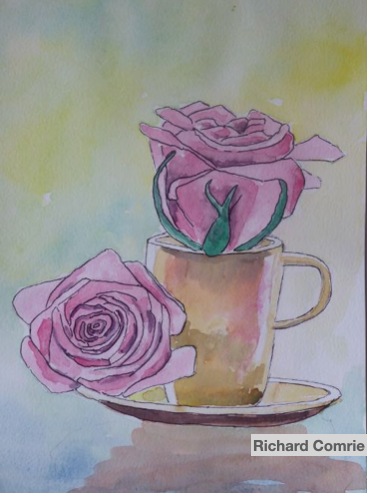
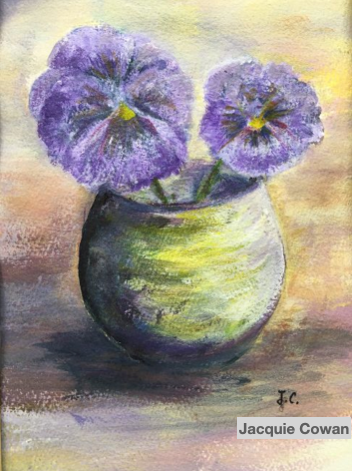
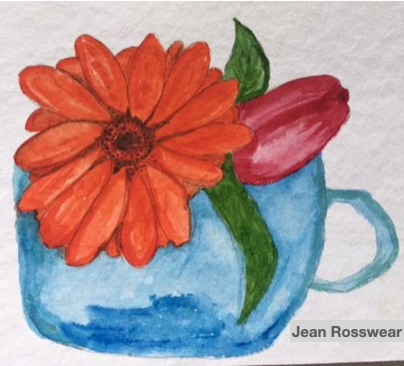
This week’s project concerns The Picturesque Movement. This was an eighteenth century movement promoting a formulaic approach to landscape painting. Rules were laid down as to what made an ideal landscape, and what did not. It sounds constricting, yet the ideas it promoted still influence the elements we look for in a landscape today that creates, a ‘good view’
Although we don’t follow rules like this these days, yet it is interesting to explore the rulings laid down regarding the ideal sublime landscape.
Use oils, acrylics or pastels.
The landscape must contain the following:
A Distance (mountains, hills )
A Middle distance containing any of the following: A building, a group of cattle (odd numbers) a stand of trees
Linda’s Feedback:

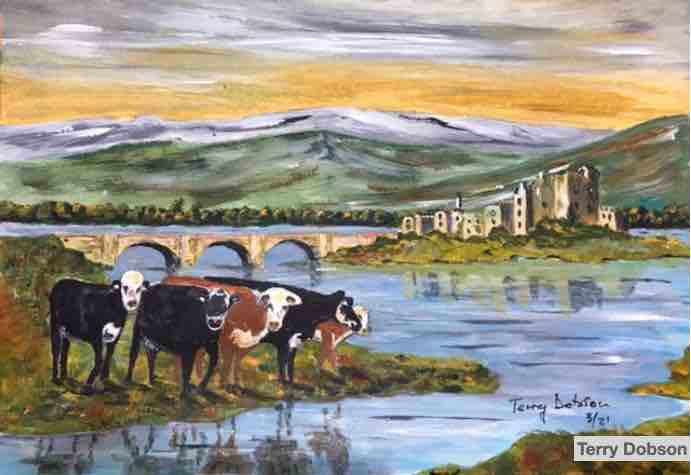
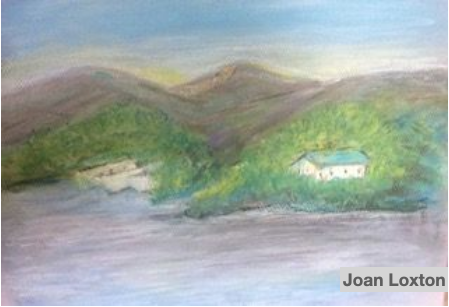
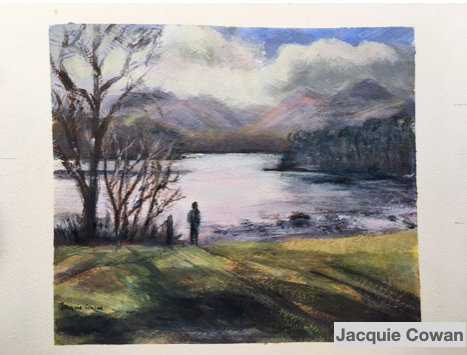
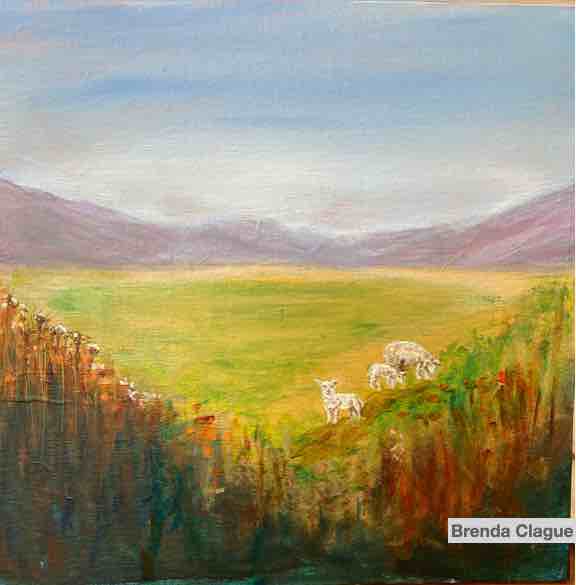
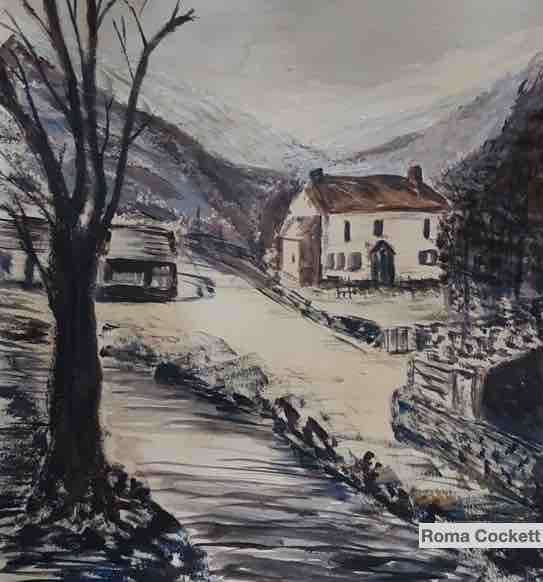

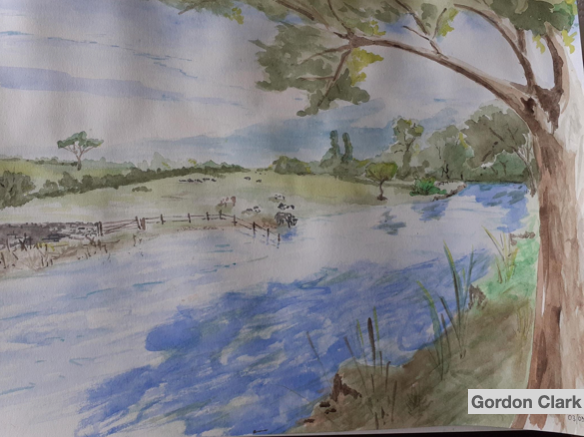

Linda’s Feedback:
Thanks to all who submitted work.There were some interesting approaches to your line work, from the lively use of line on some onions, the textural marks on the shells and fir cones, to the pointillist technique used on the succulent plant. I enjoyed the humour in the drawing of the binoculars, they look as though they are looking at you! Some good strong work overall.

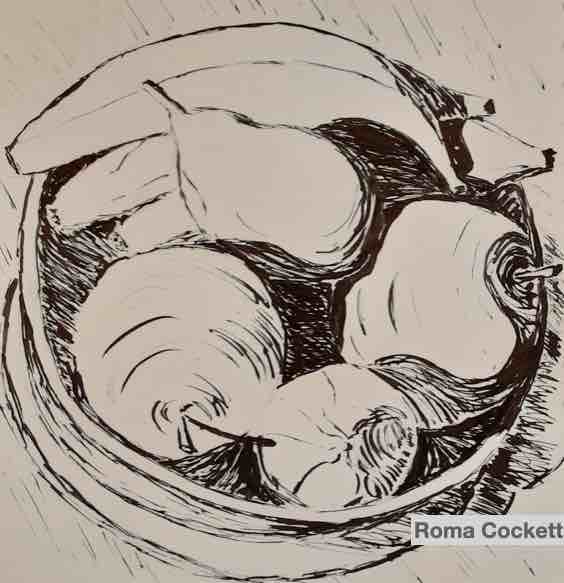

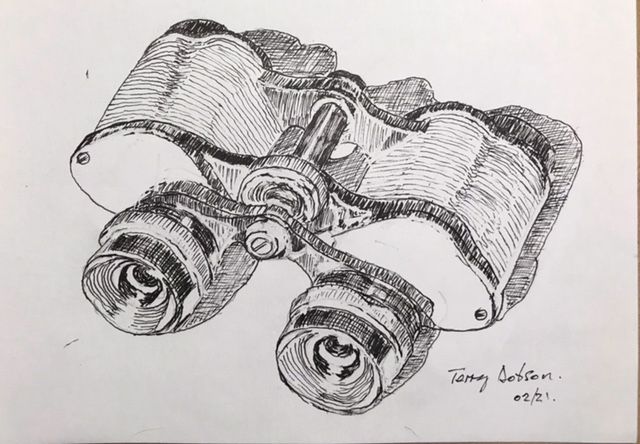
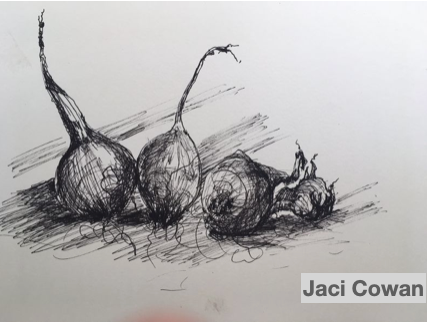
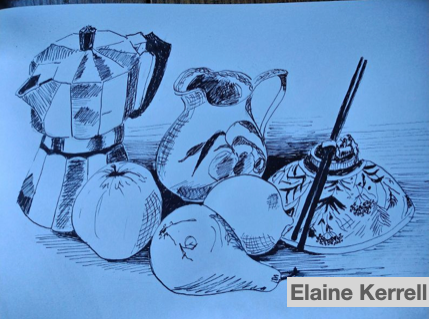
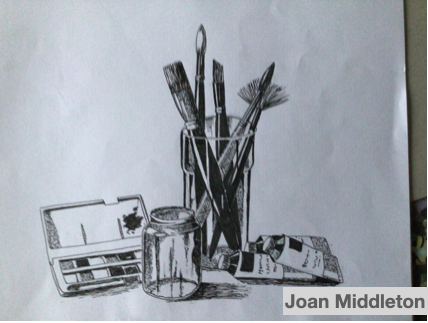
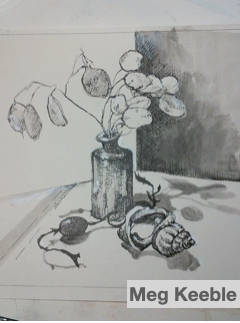
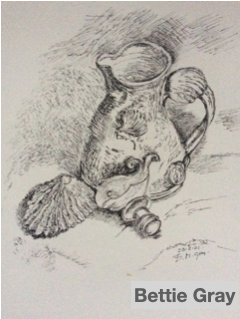

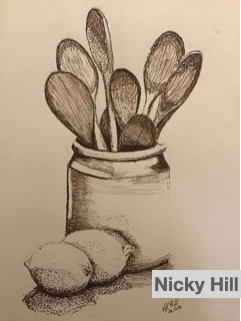
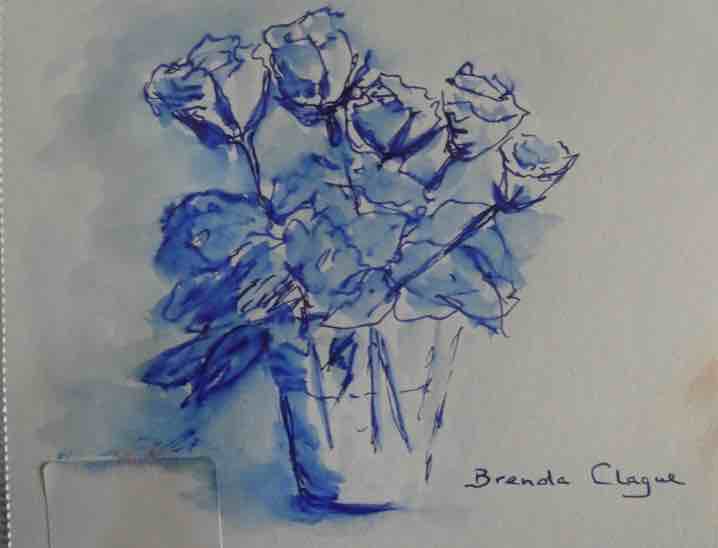
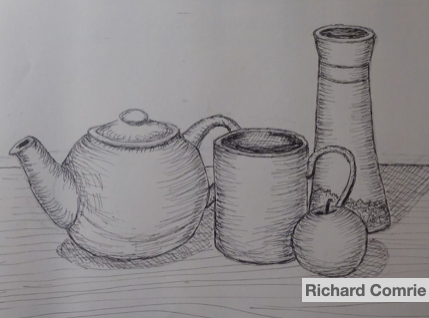
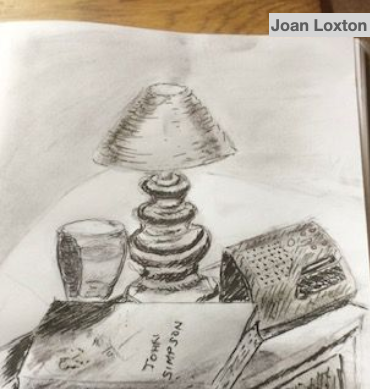
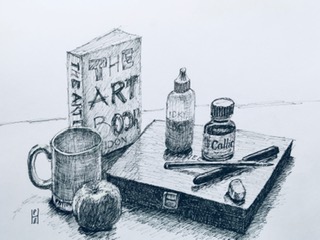
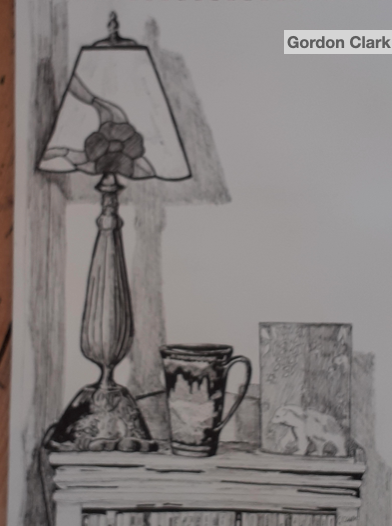
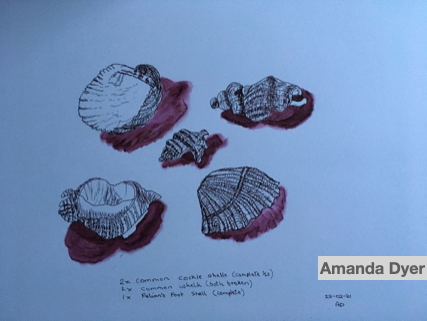
Linda’s Feedback:
Thanks to all of you who contributed to ‘Still Waters’. I had an enjoyable look through, them all. The styles are all different, as they should be, and I was struck by the richness of colour in some, with the almost minimalist depictions in others while the tonal painting in blue holds together beautifully. I realise that you all have different levels of painting experience, so the only thing I would advise, is that keeping the water level on the distant shore dead straight will keep the water from running downhill,
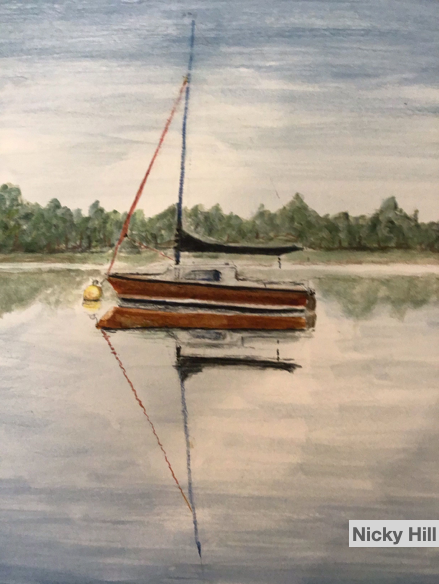

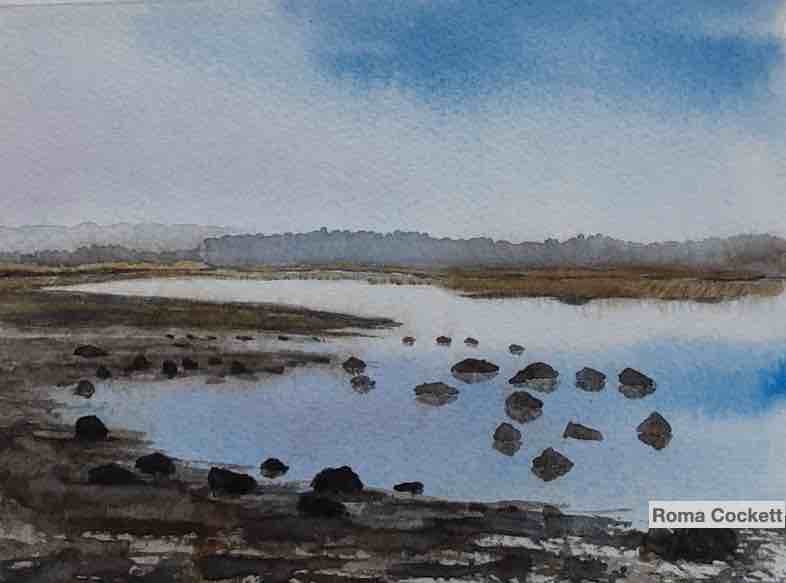
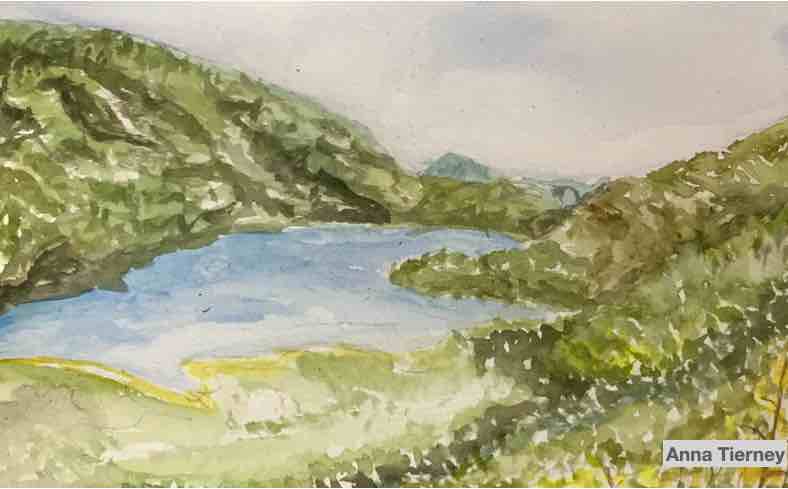
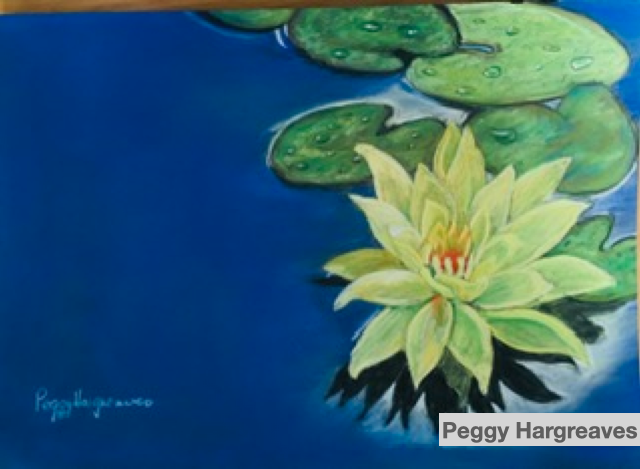
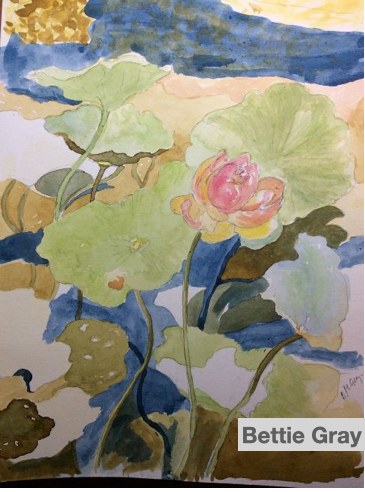
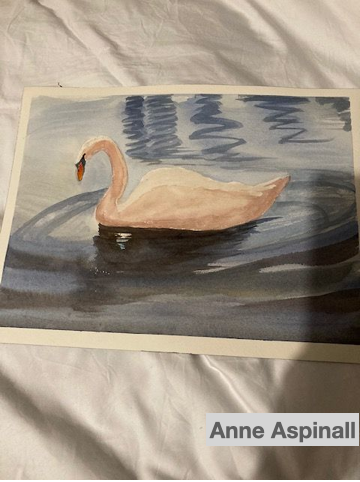

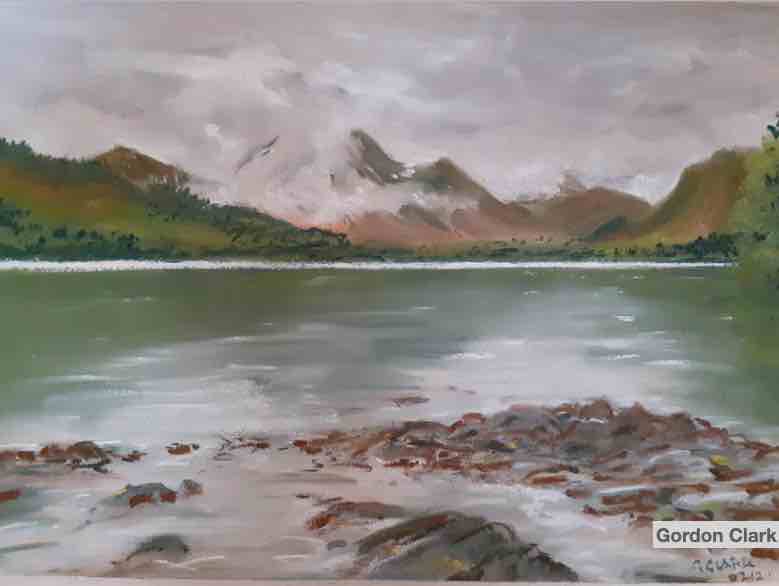

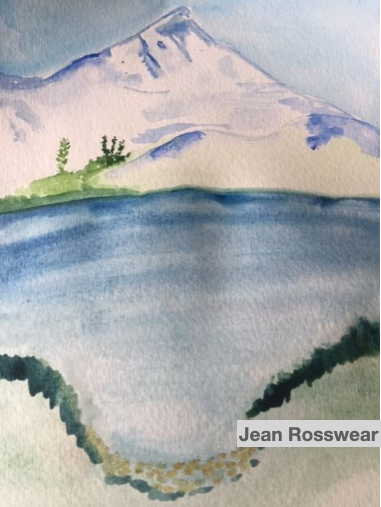



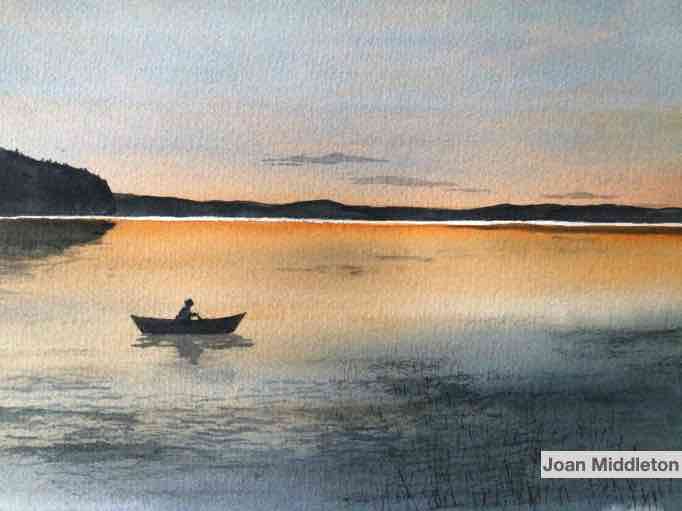
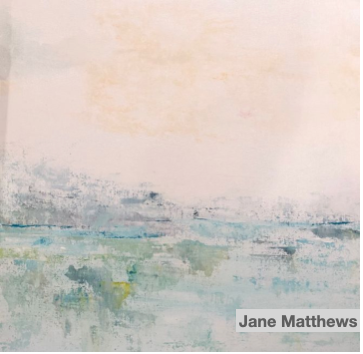
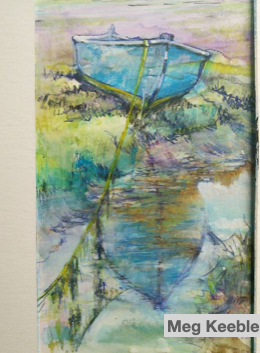
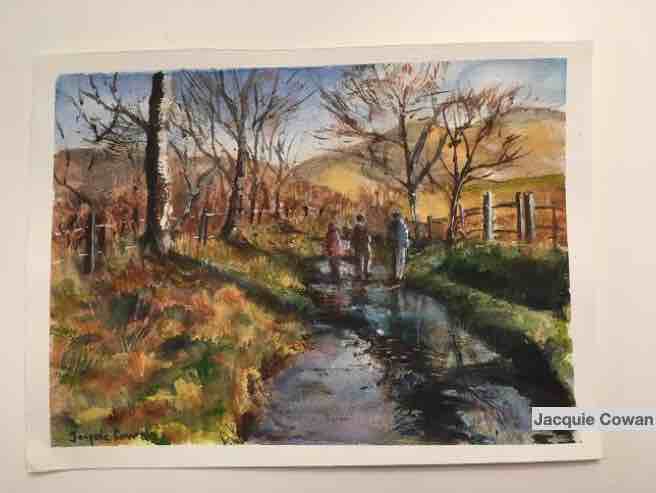
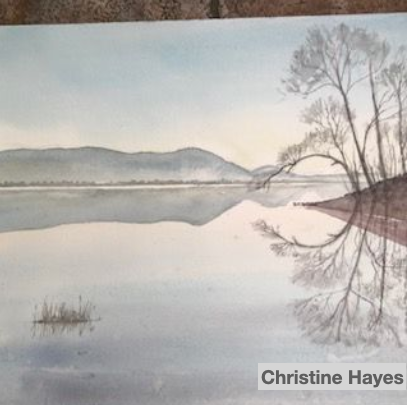
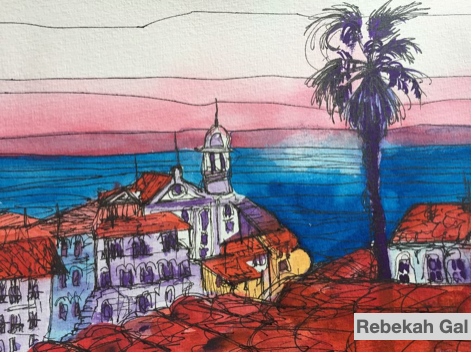
You may treat this as you wish in any medium! Please be aware that you mustn’t copy another artists work.
Linda’s Feedback:
Amanda Dyer – Anna Tierney – Anne Aspinall – Roma Cockett – Richard Comrie – Bob James – Christine Hayes – Gordon Clark – Jean Roswear – Joan Loxton – Joan Middleton – Meg Keeble – Bettie Gray – Jacqui Cowan – Brenda Clague
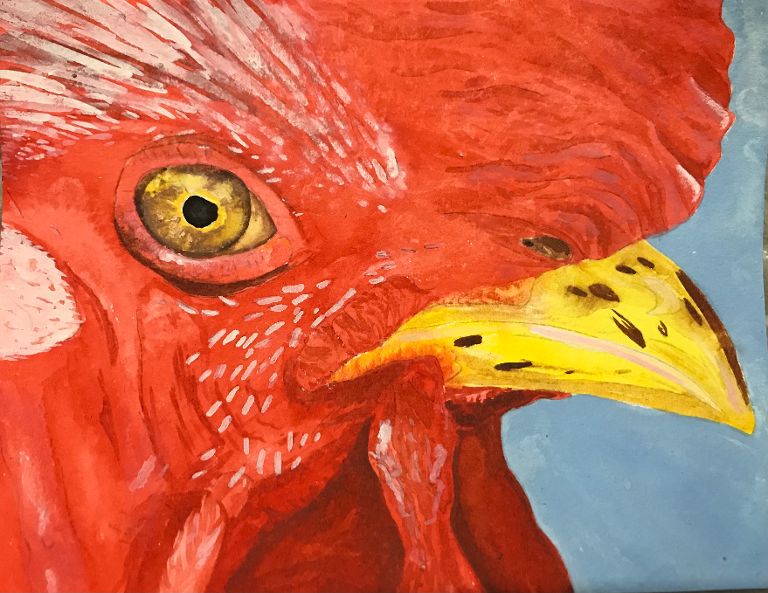
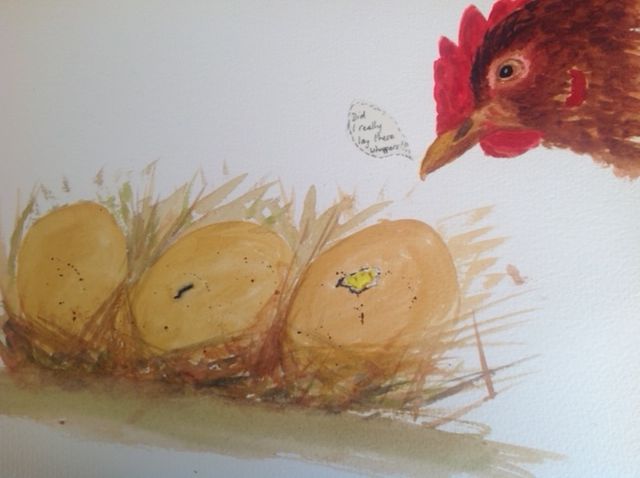
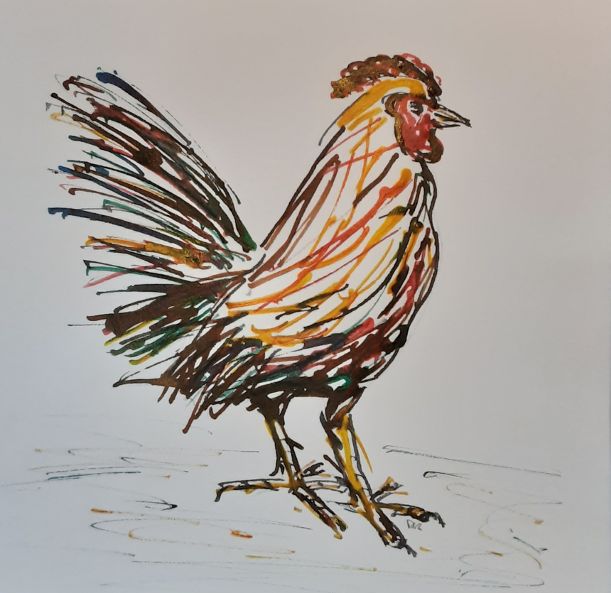
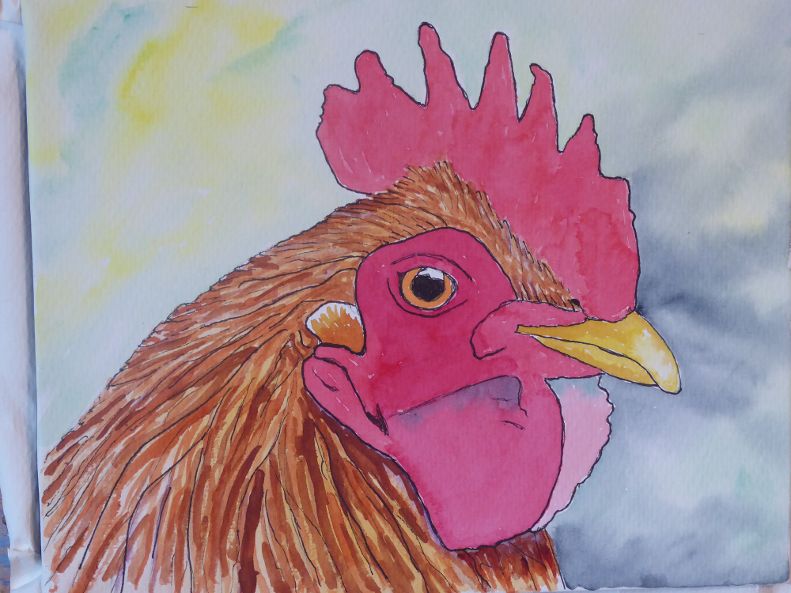
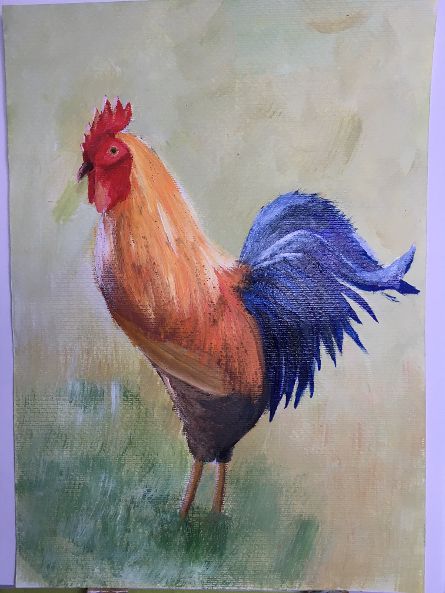
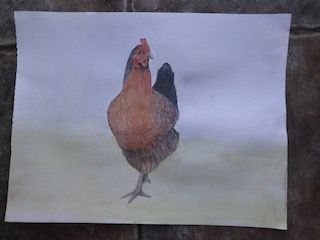
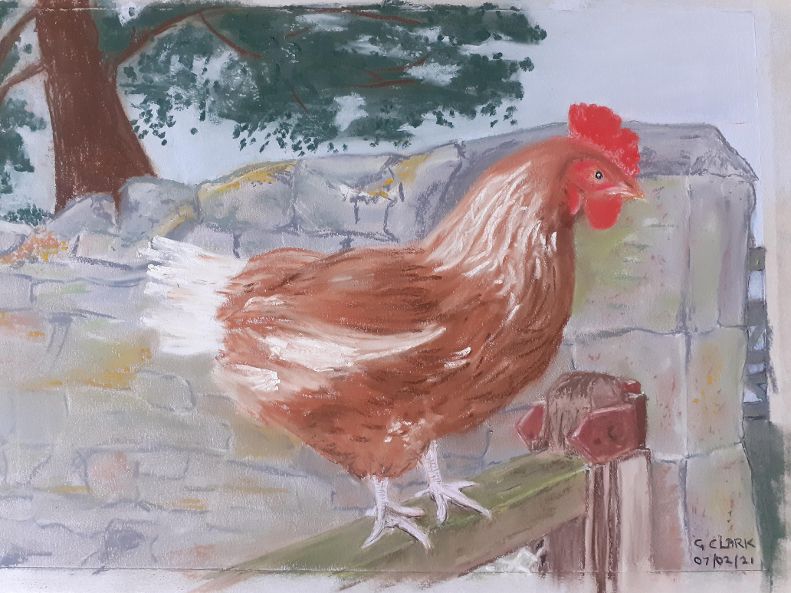
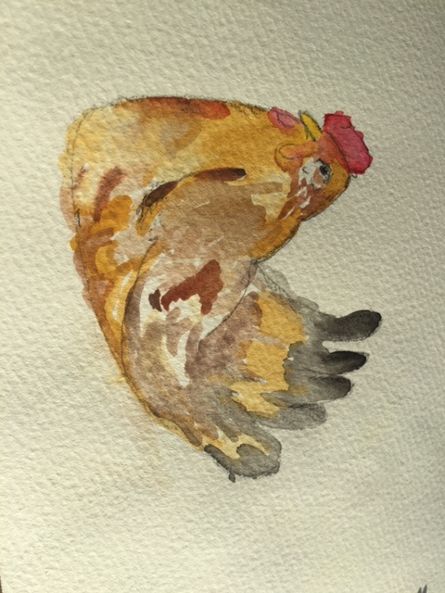

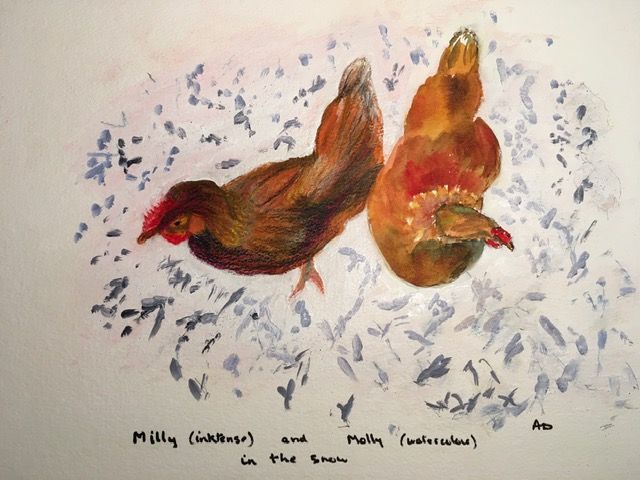
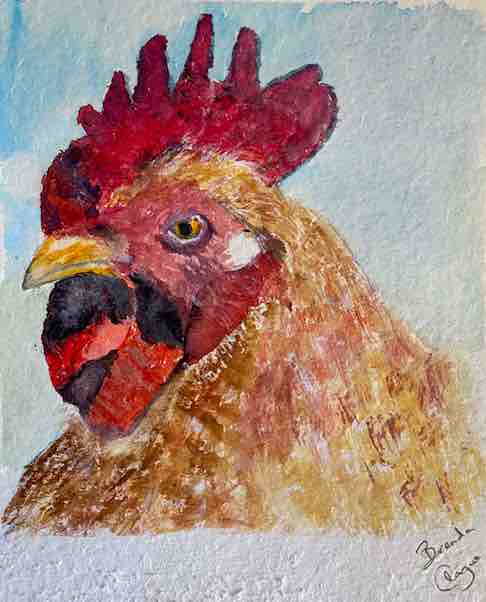
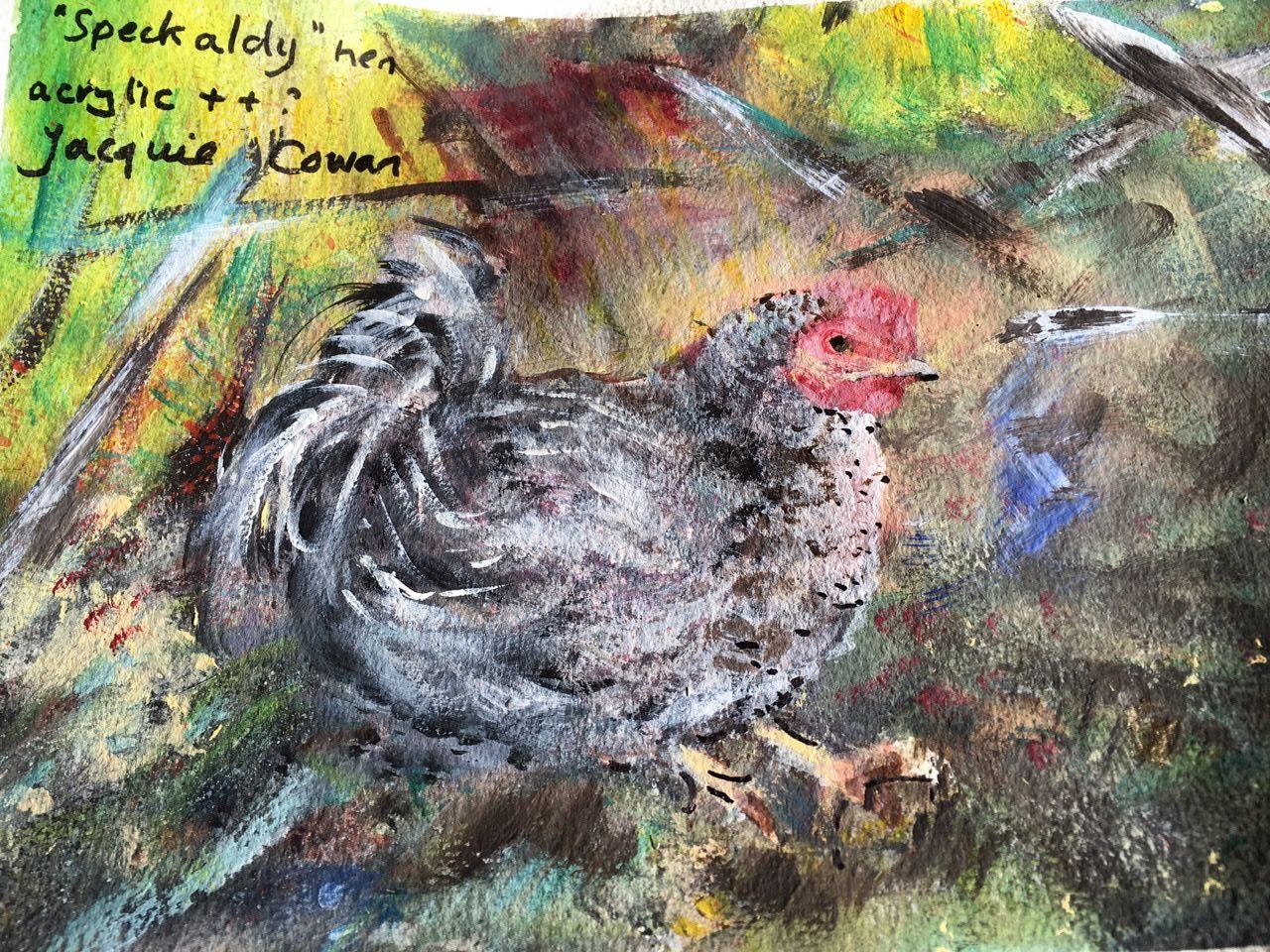
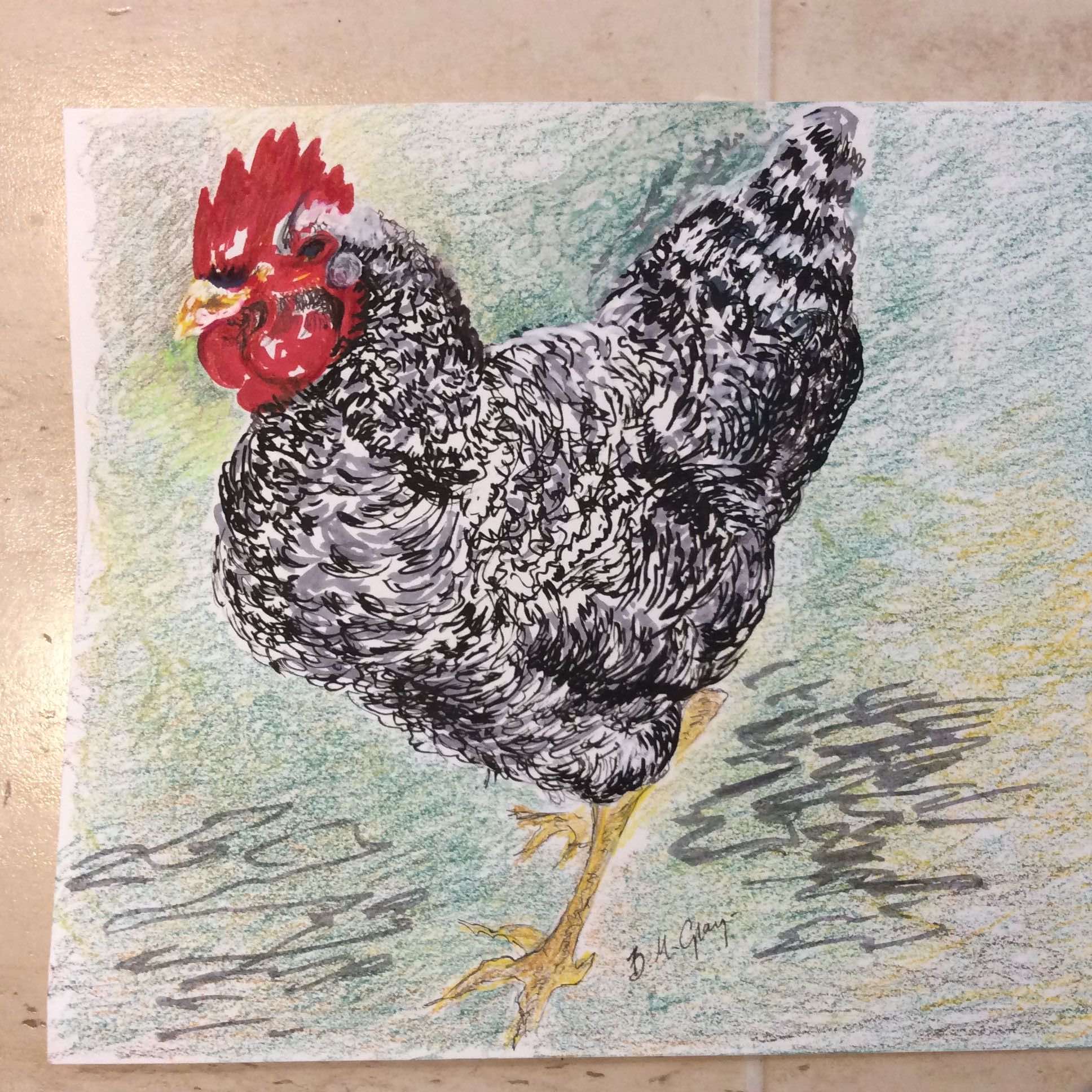
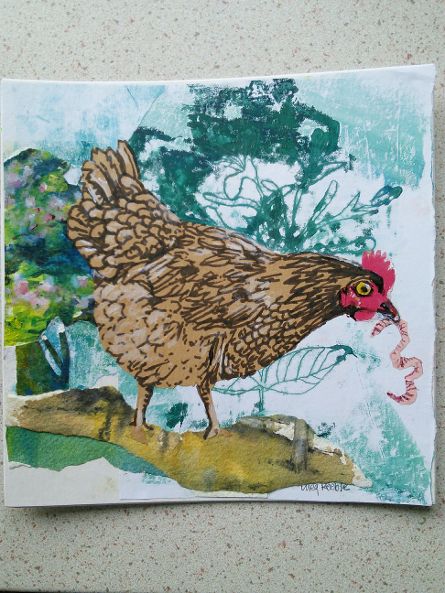
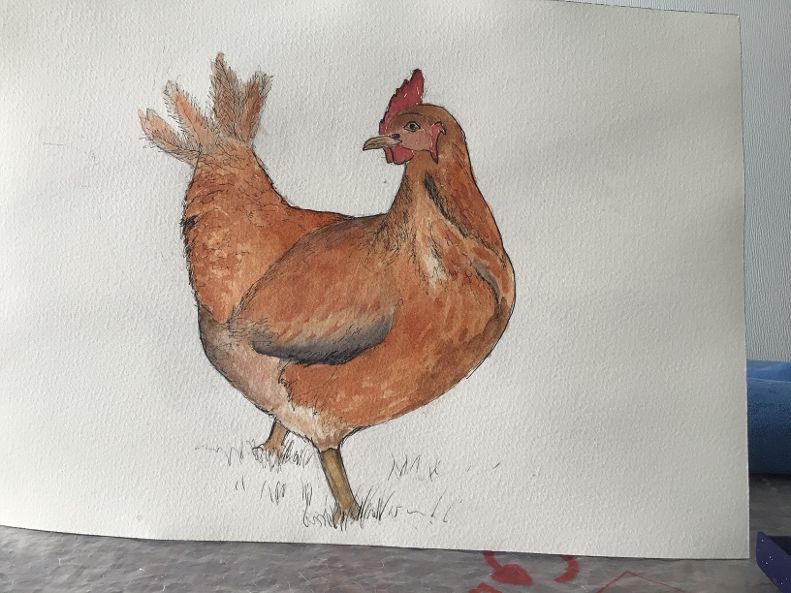
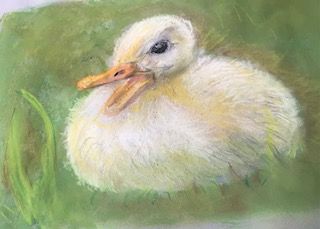
Linda’s Feedback:
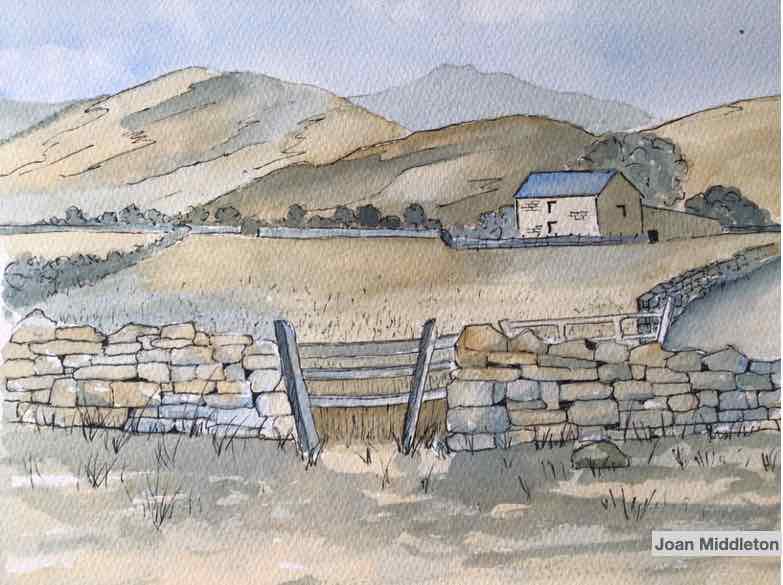

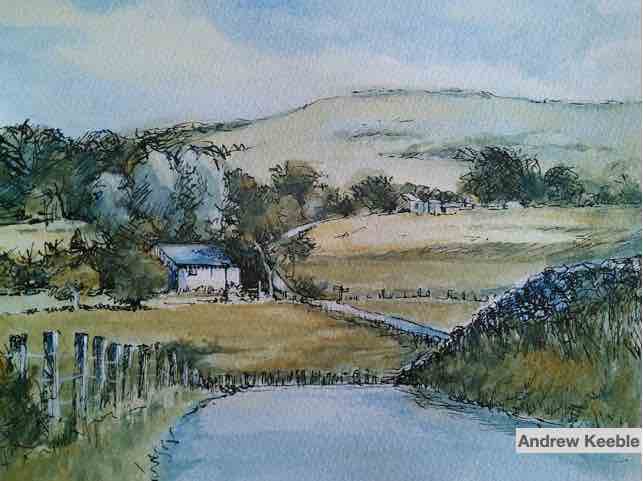
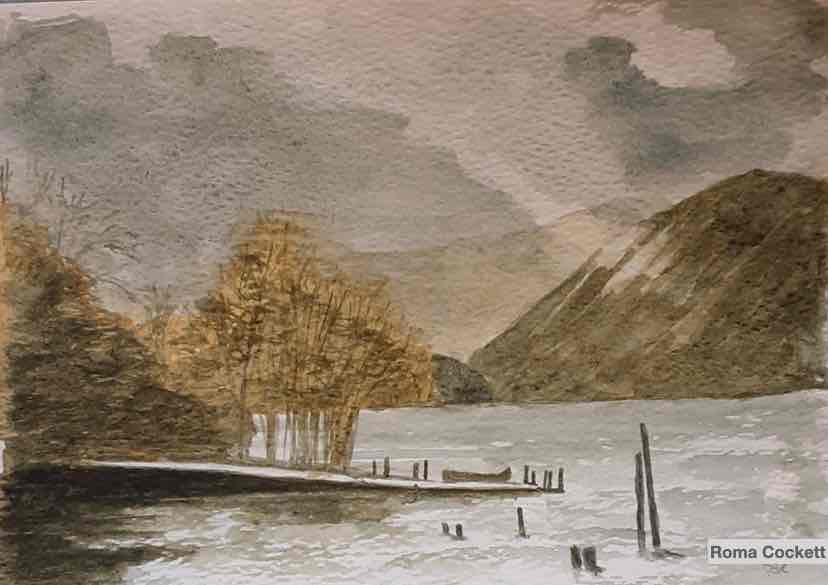
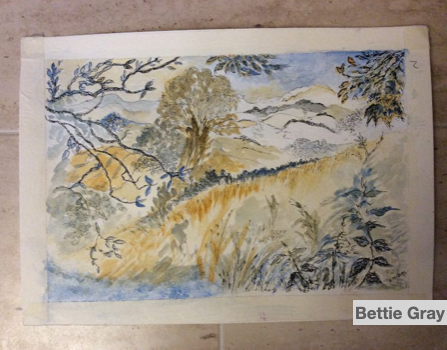
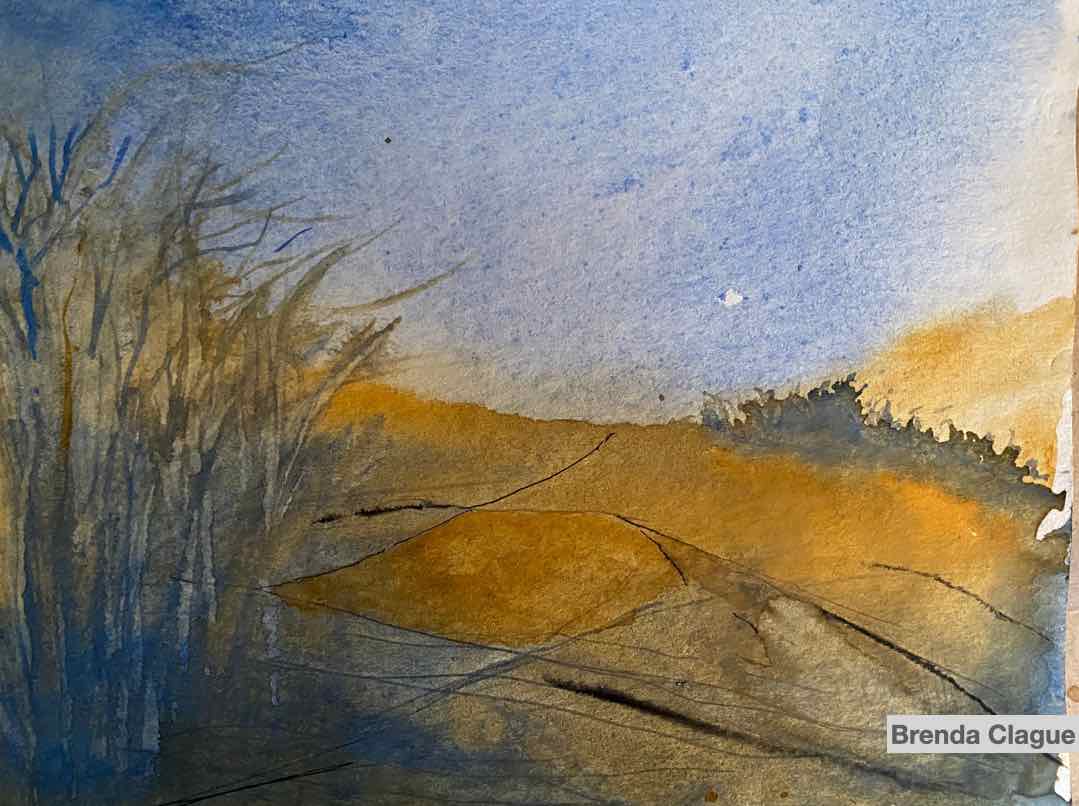
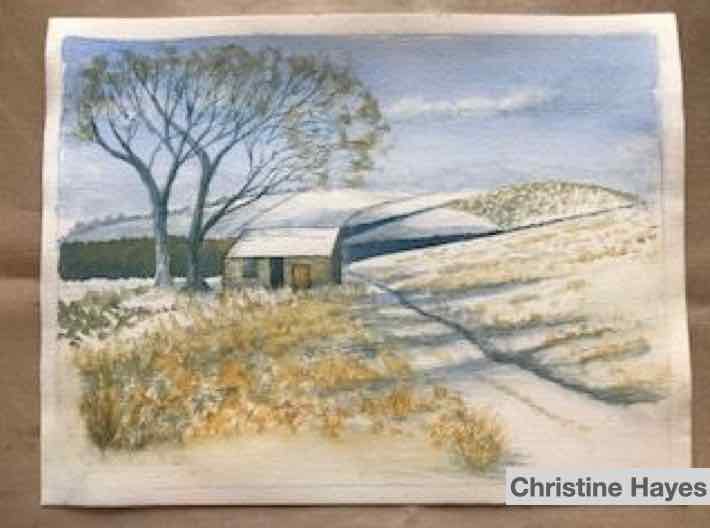
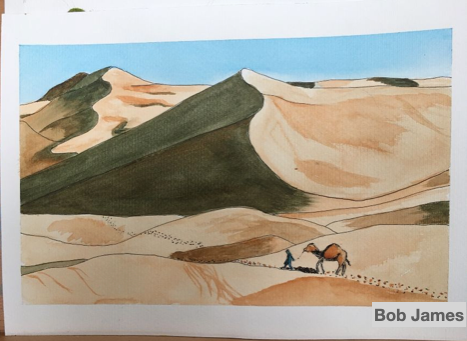
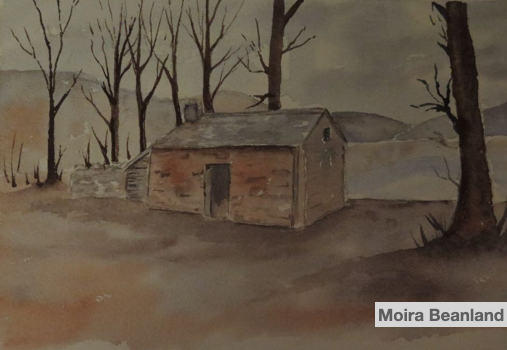
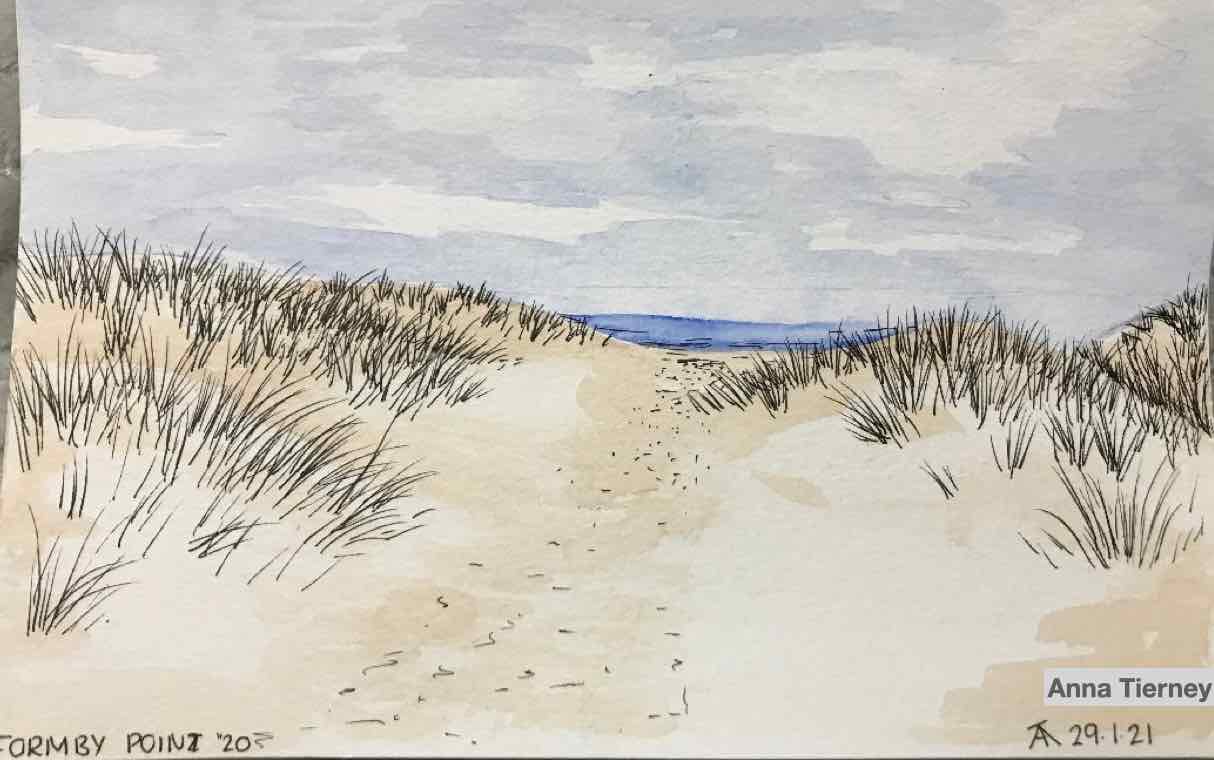

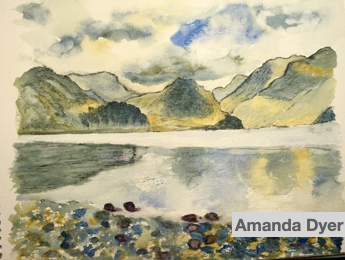

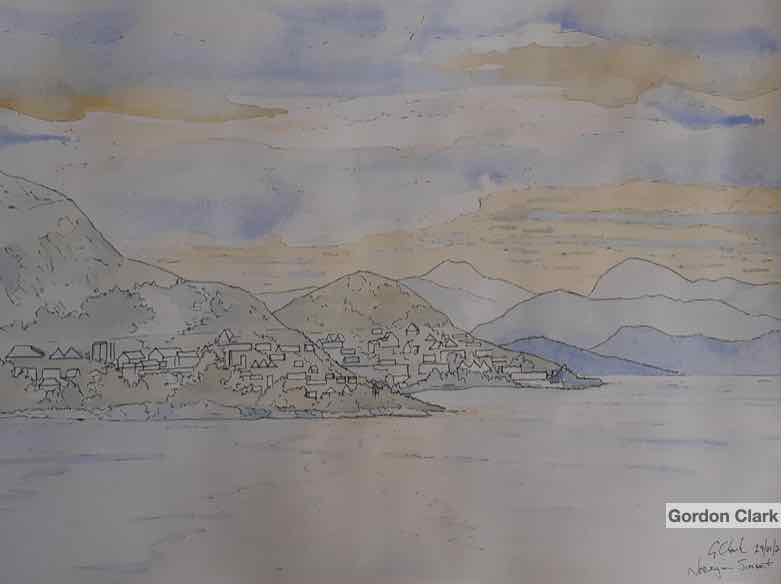
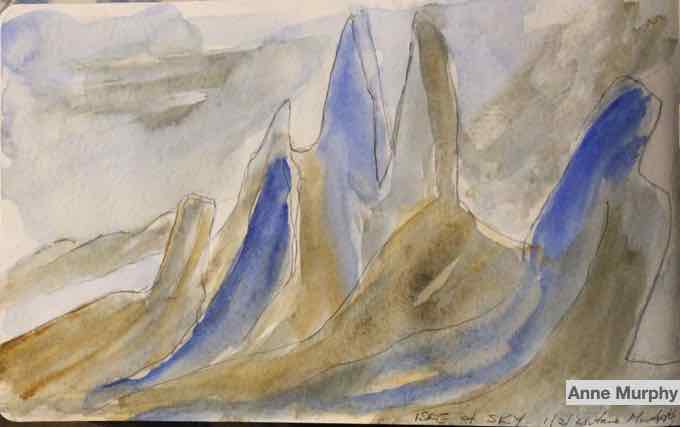
Linda’s Feedback:
